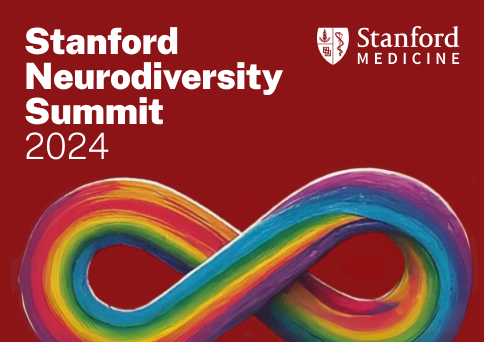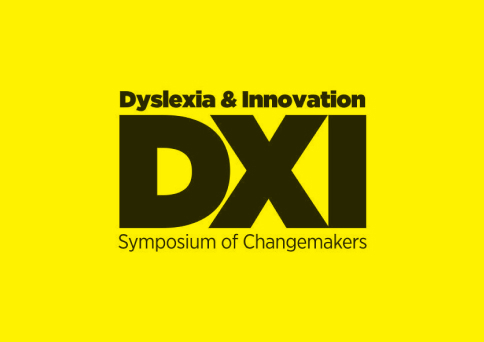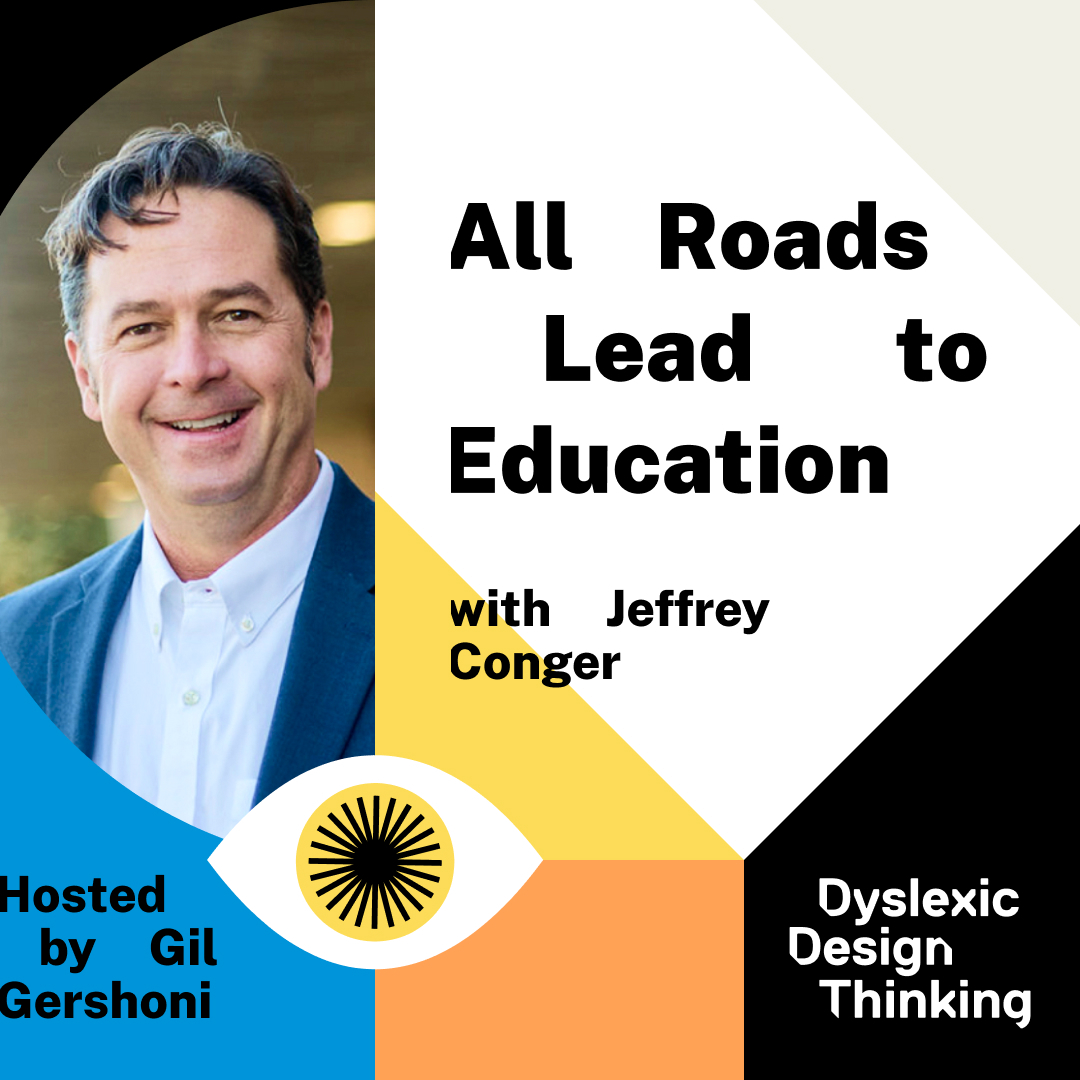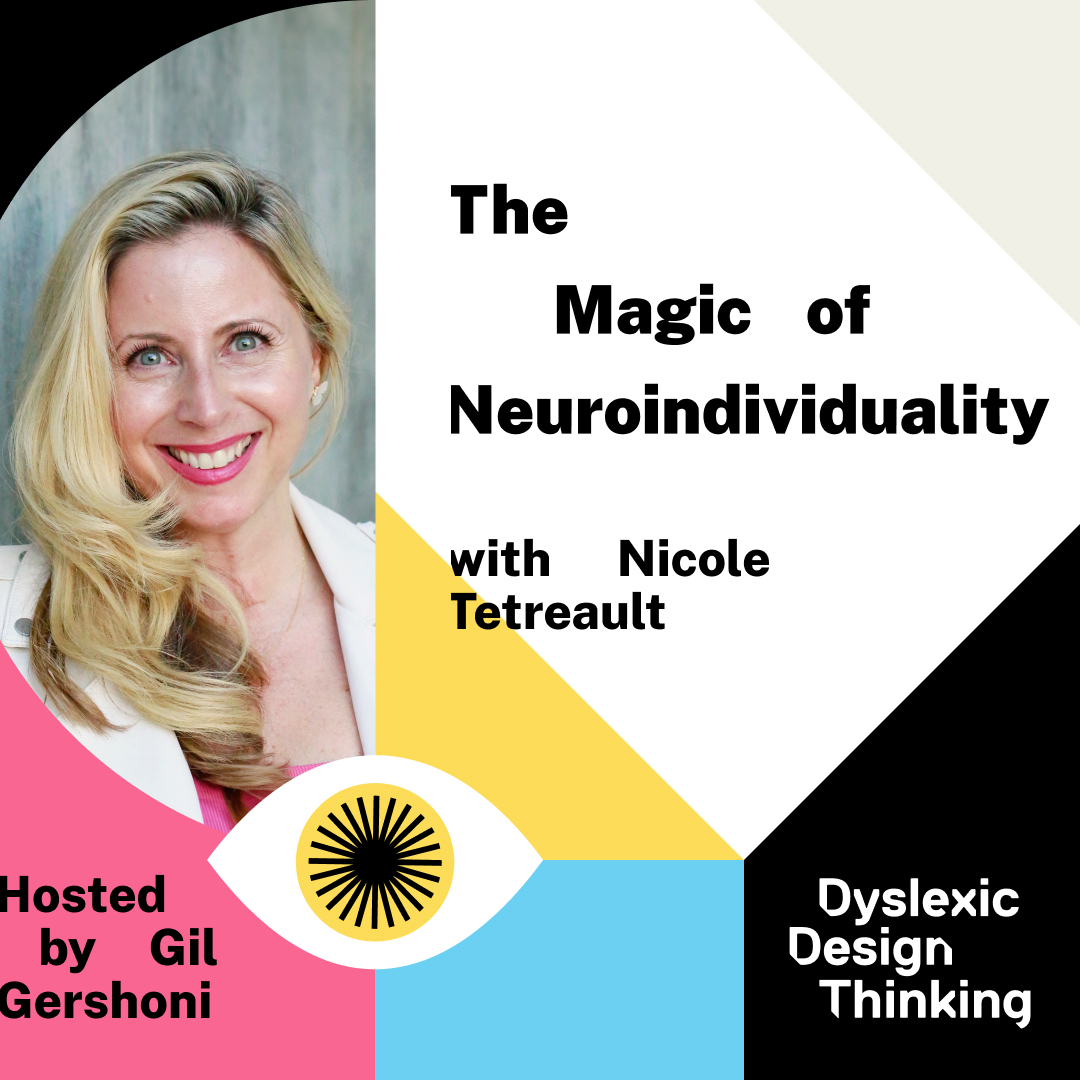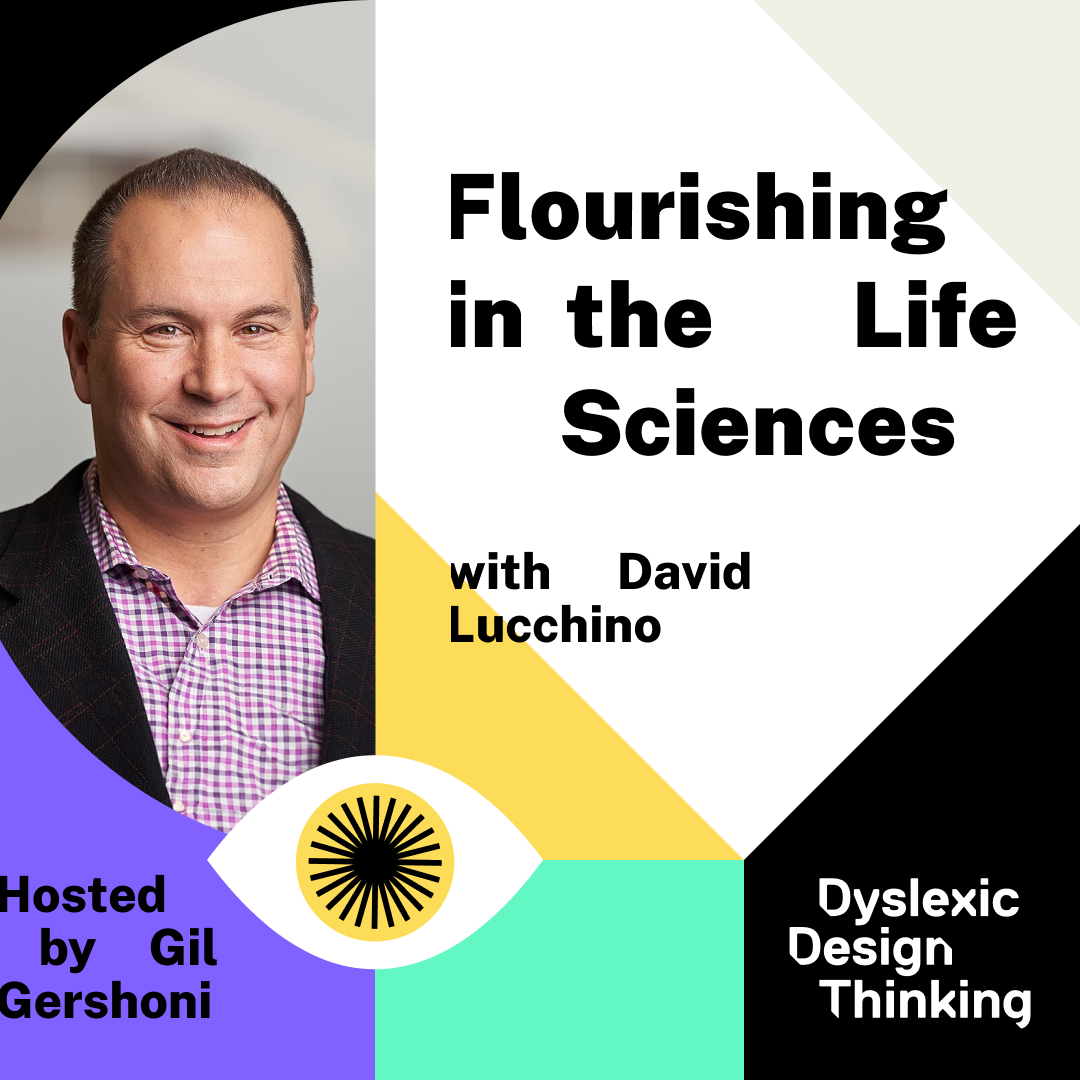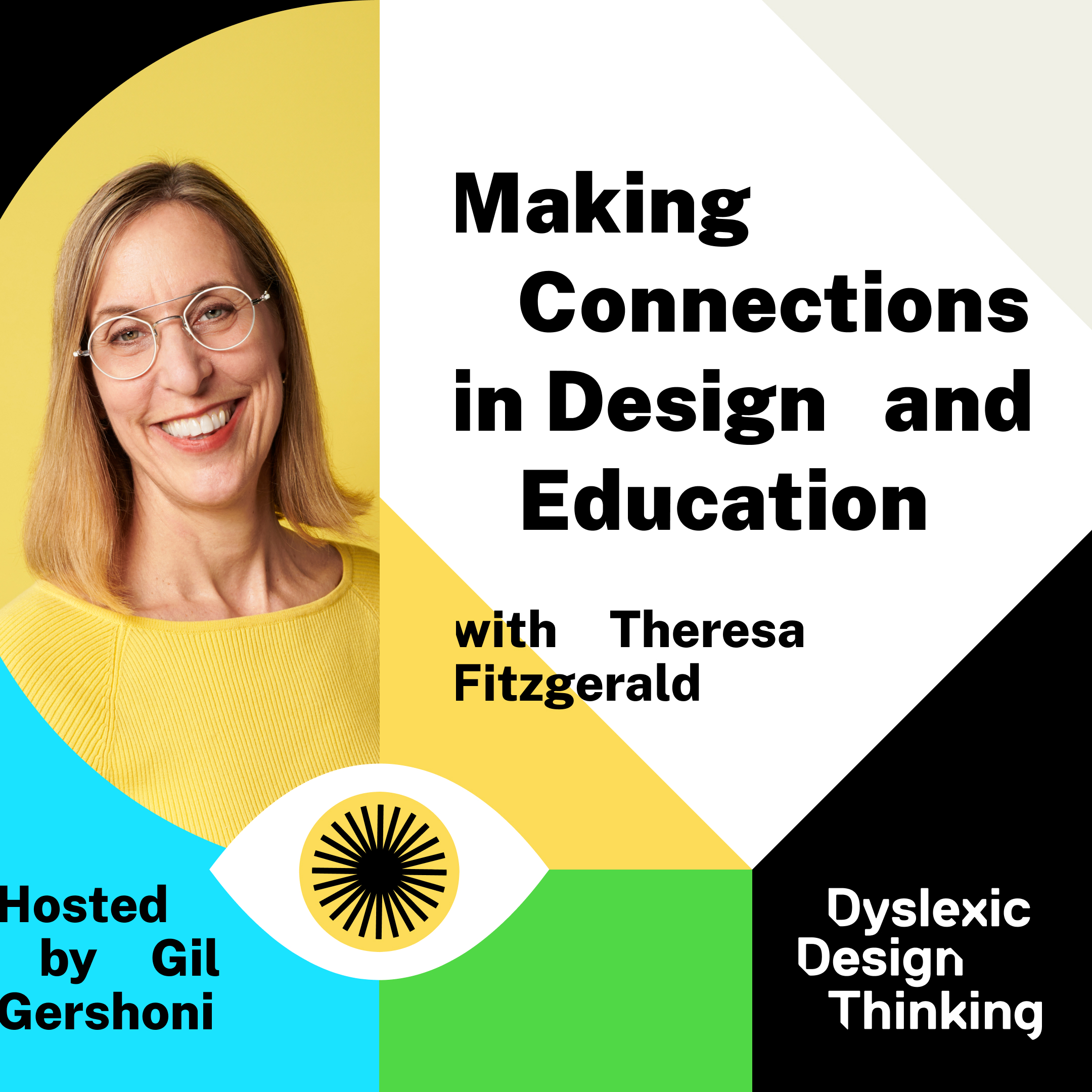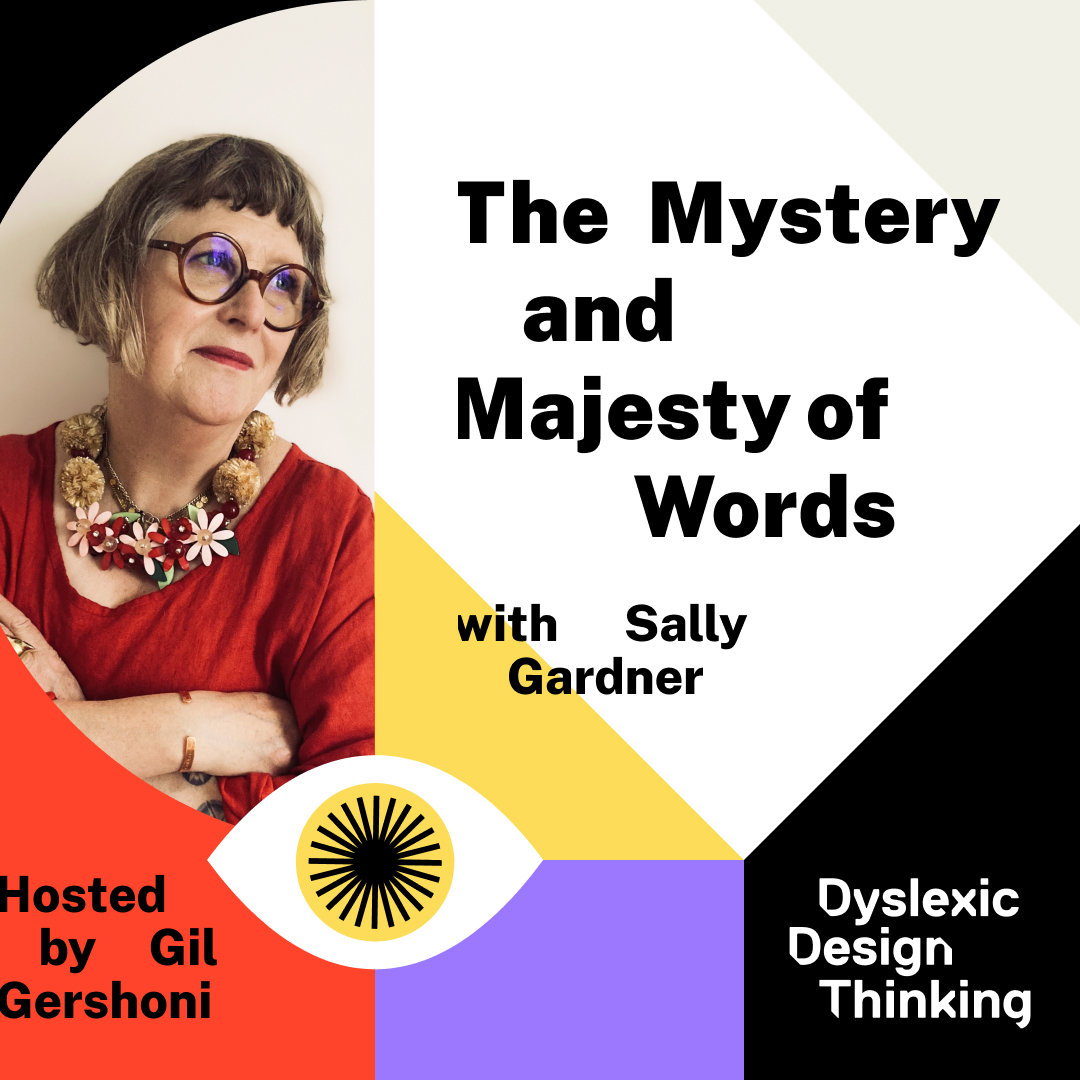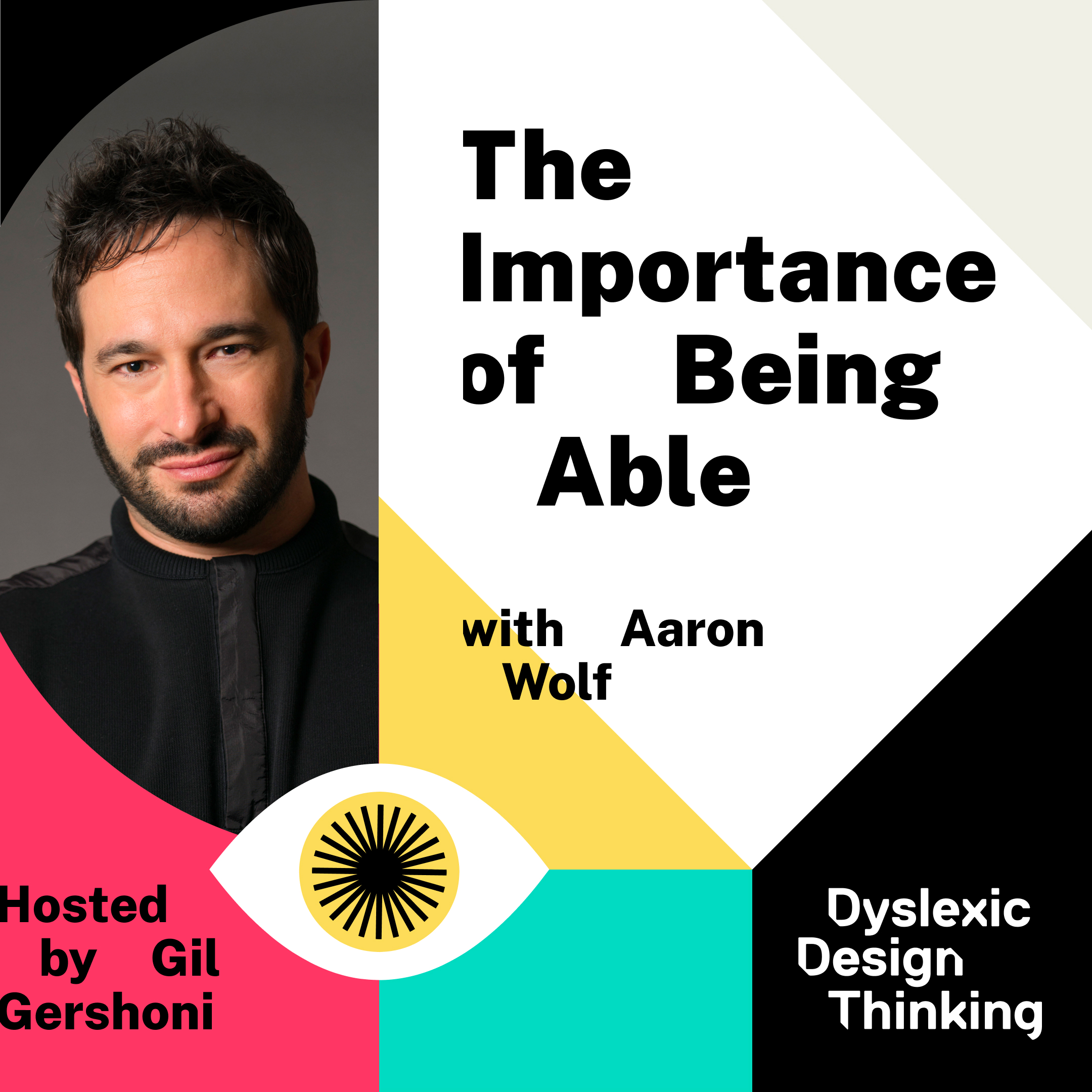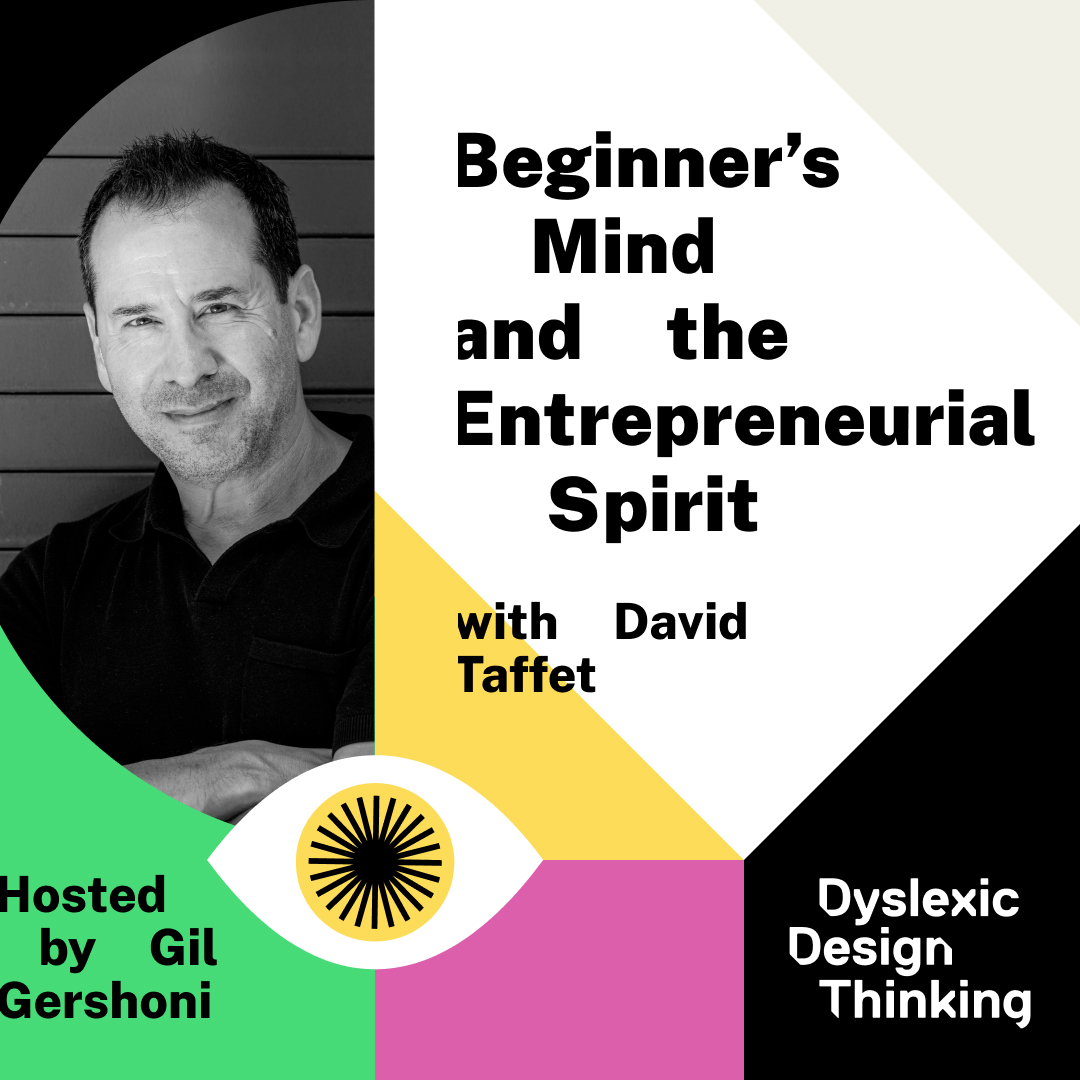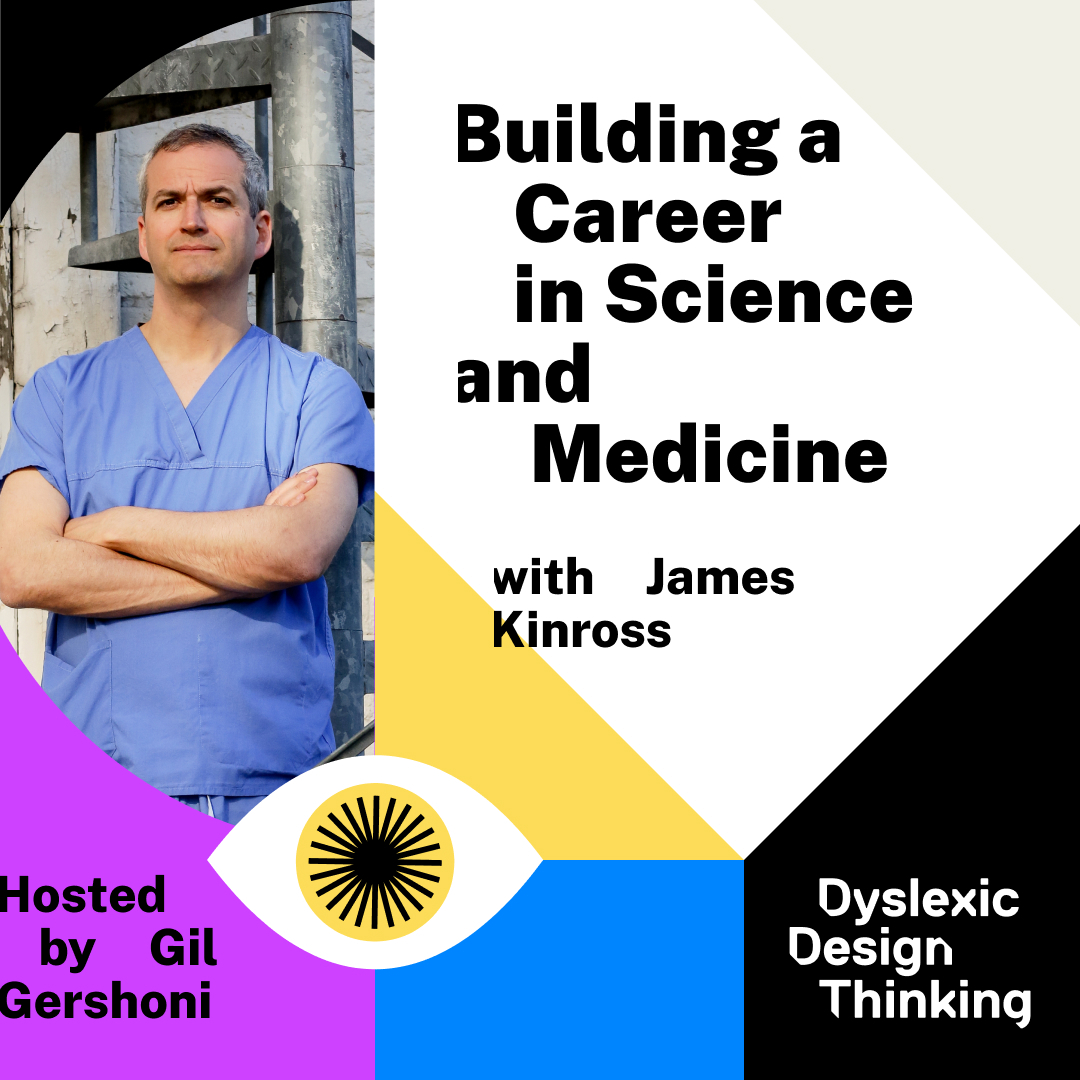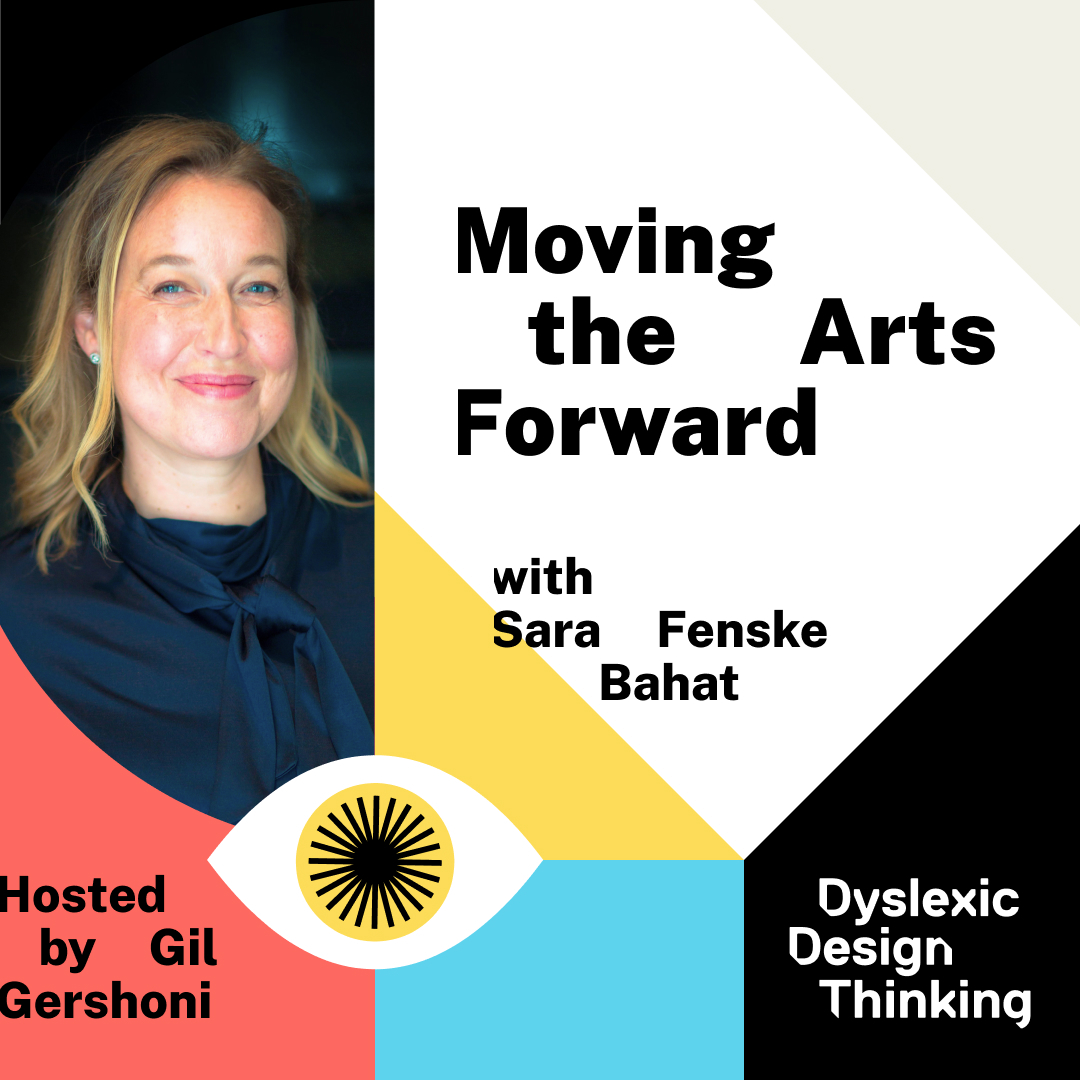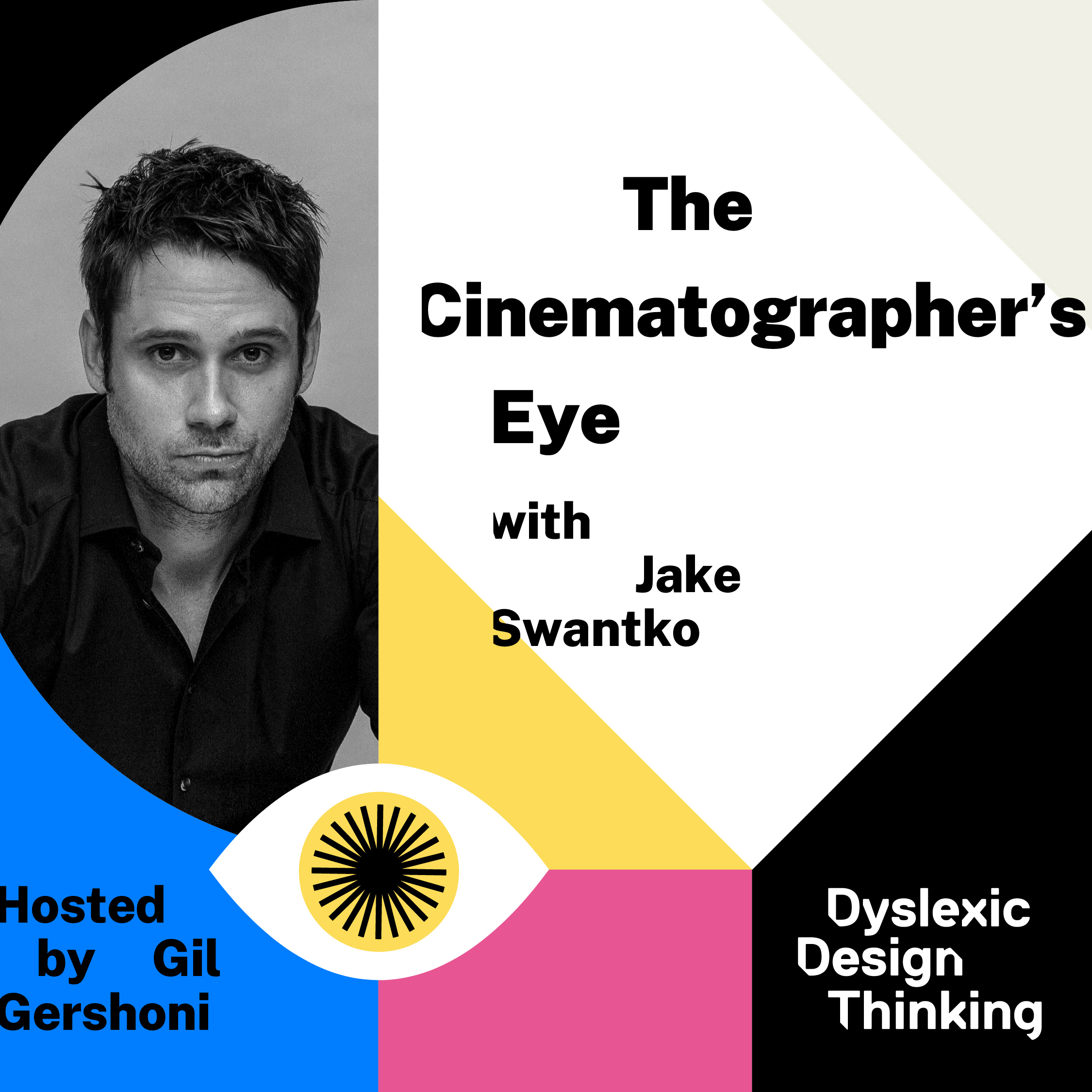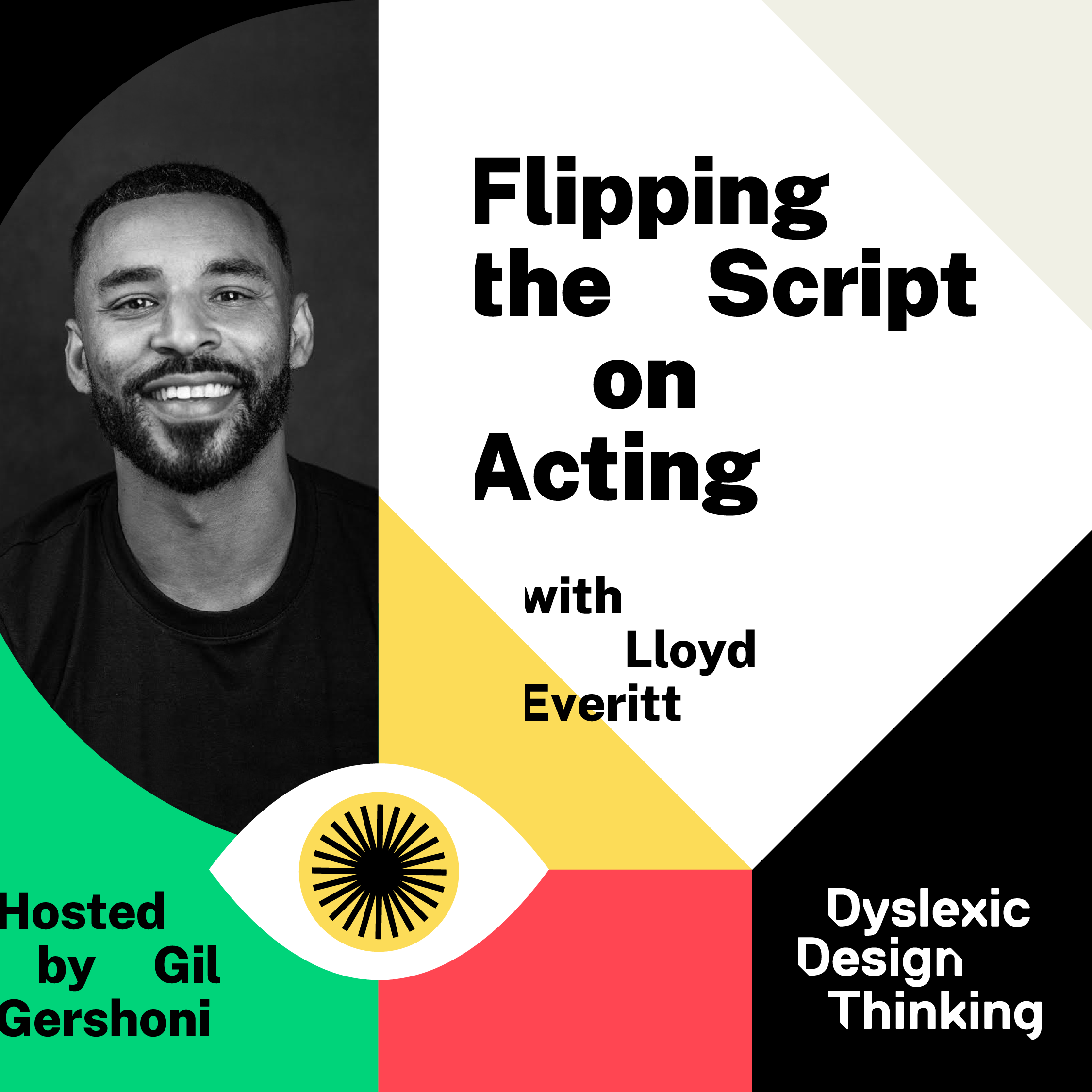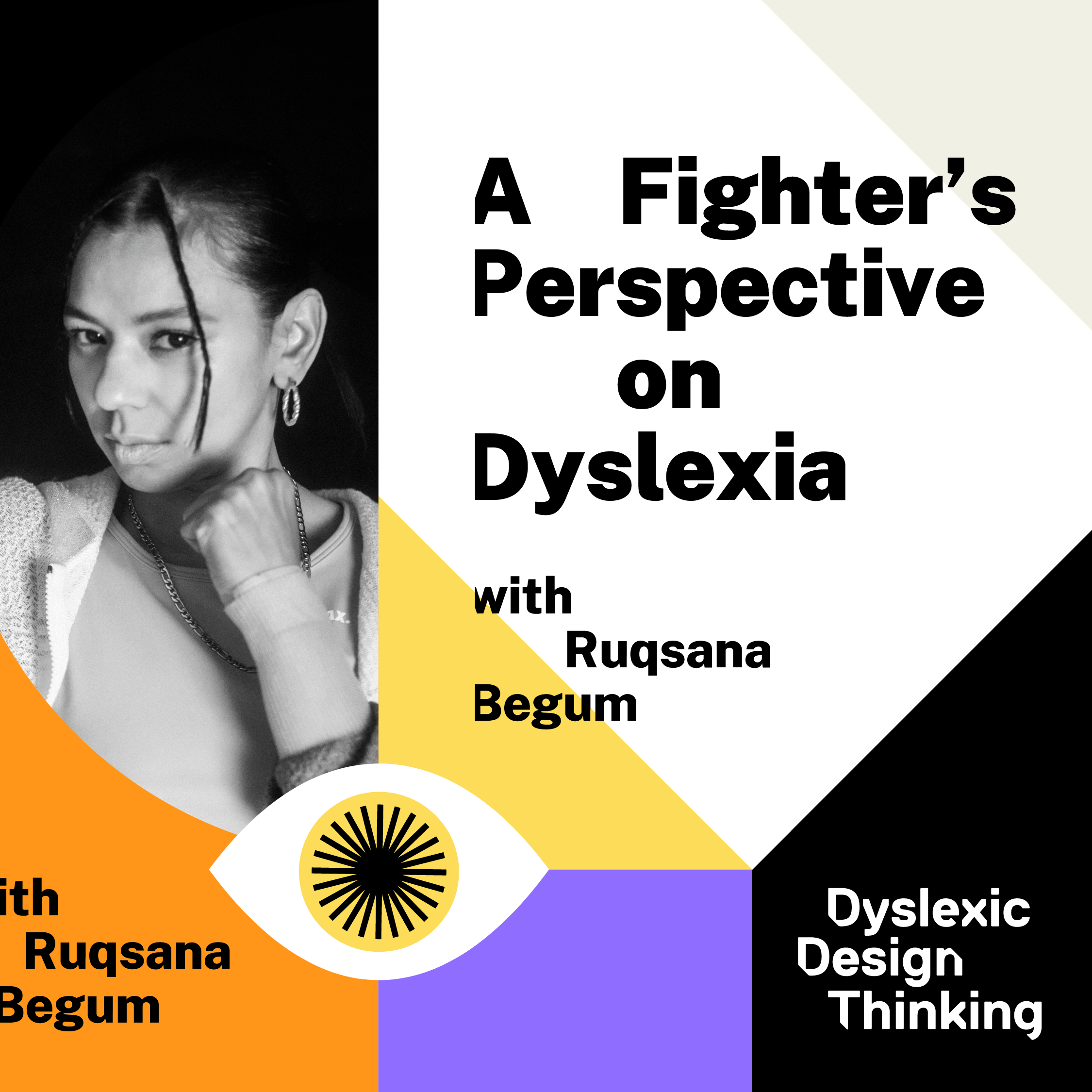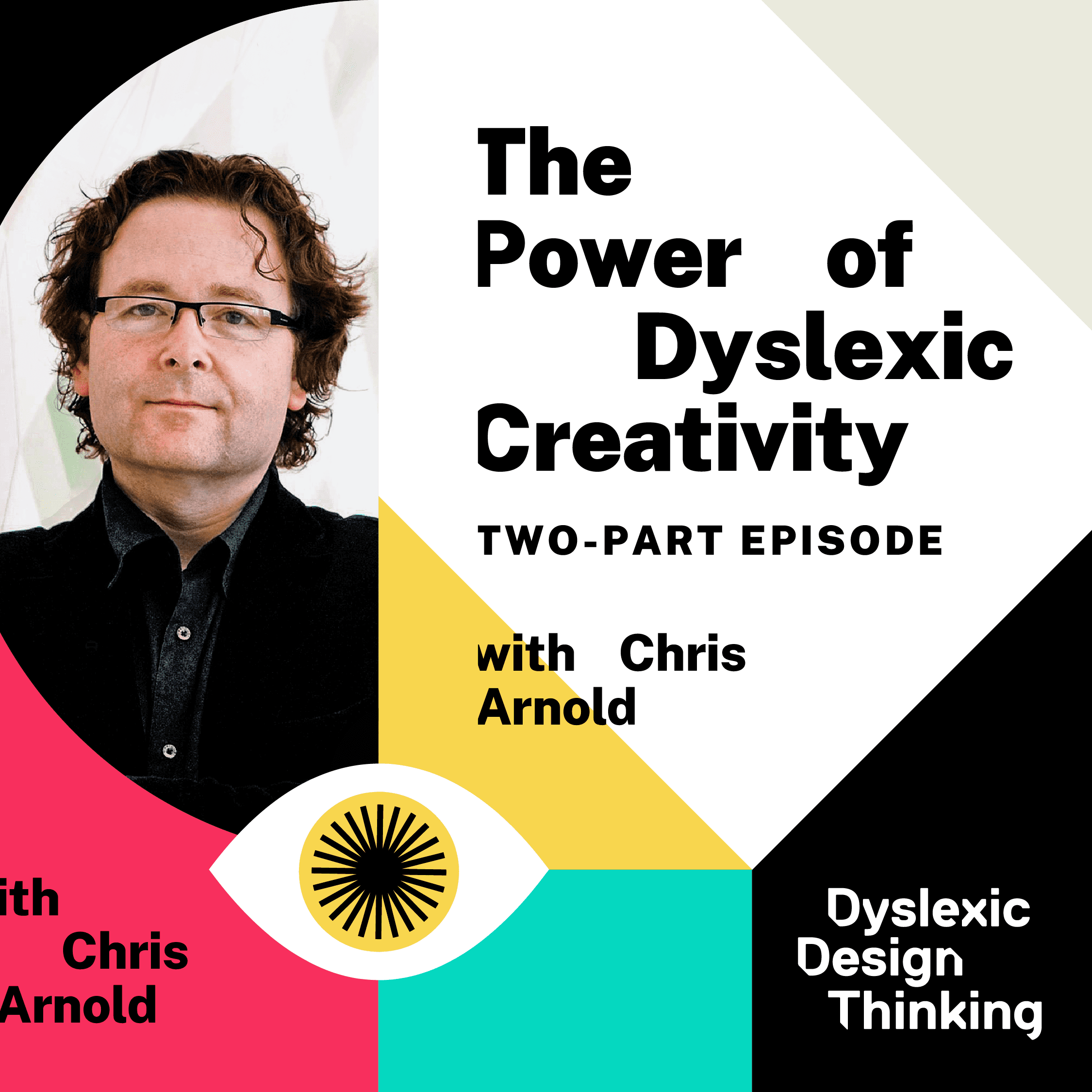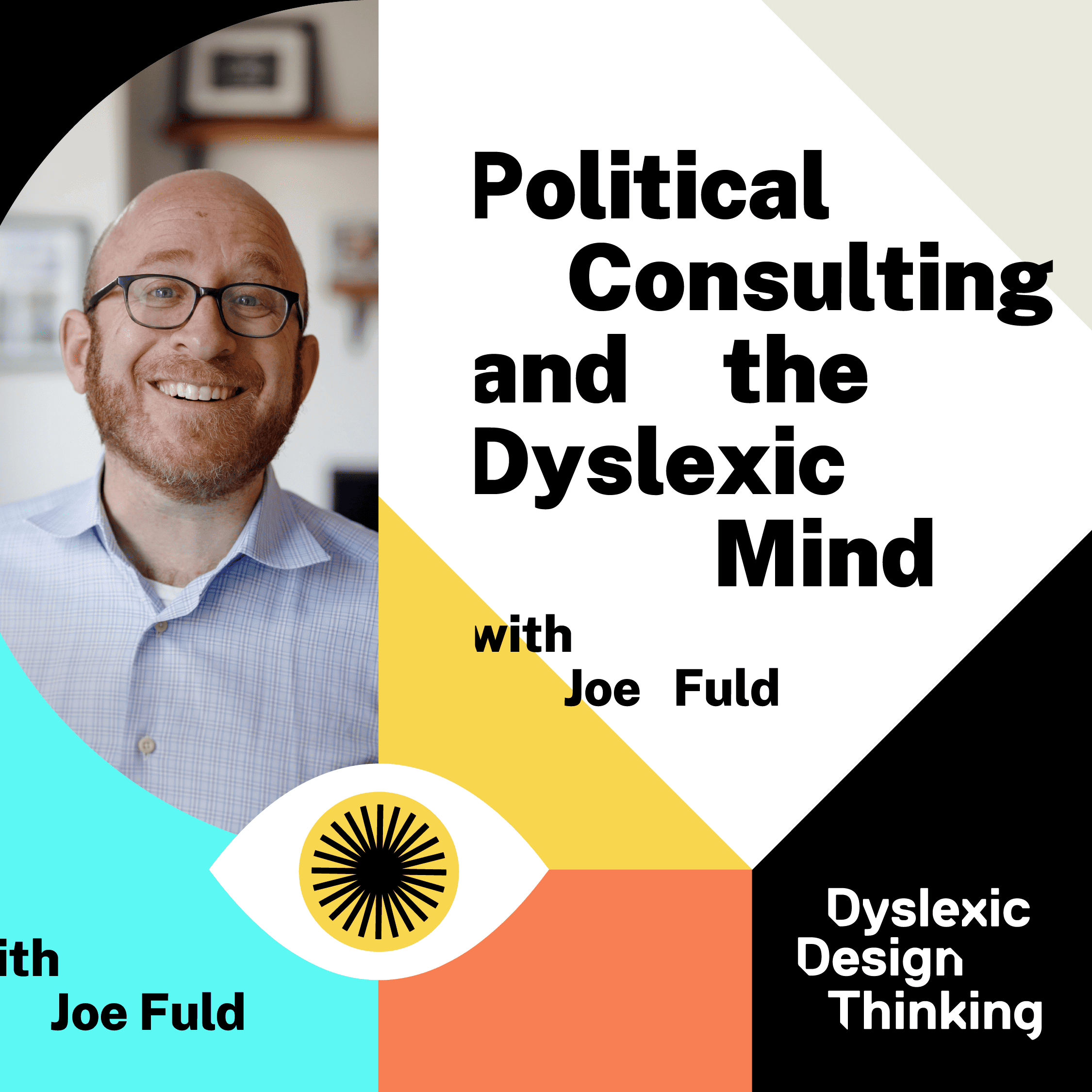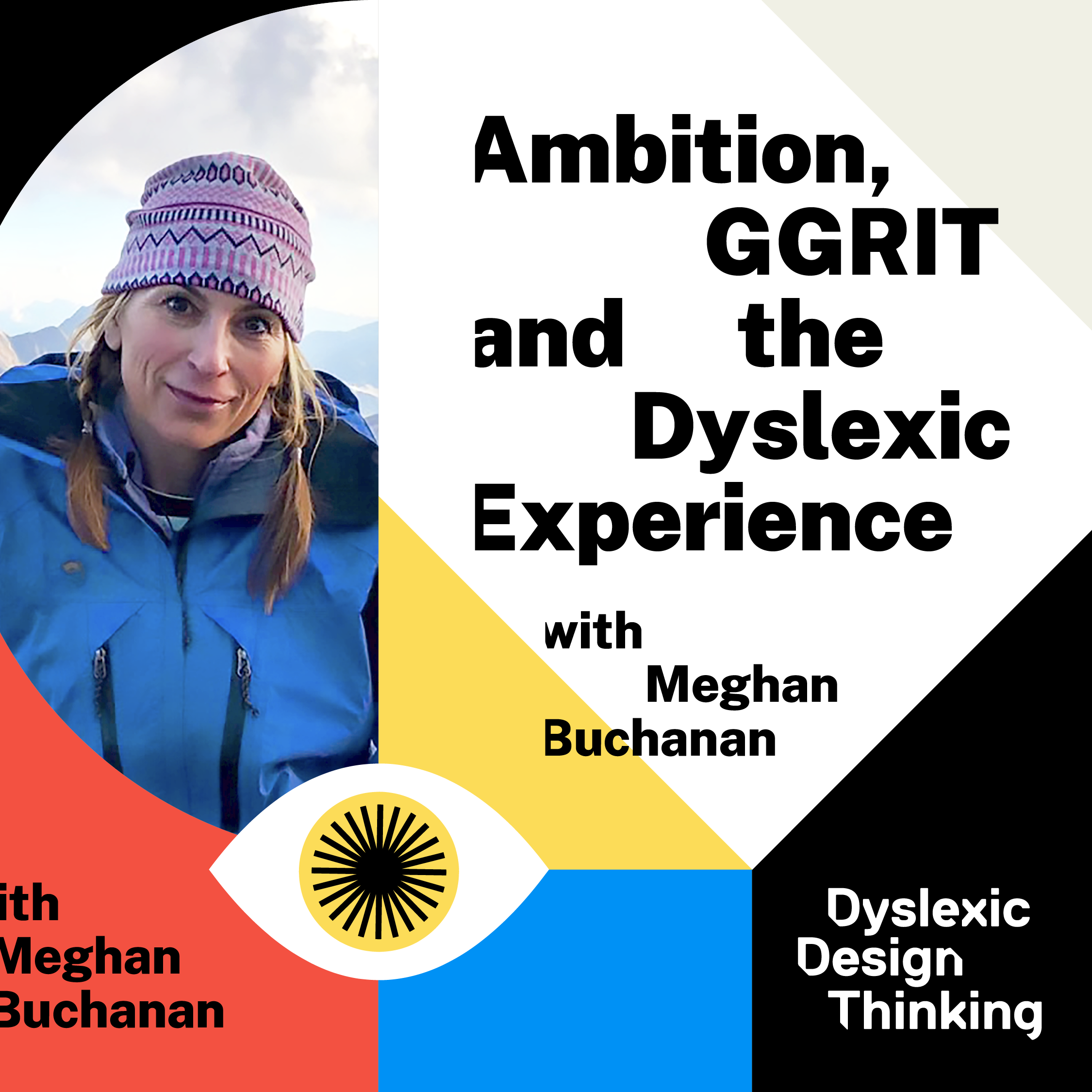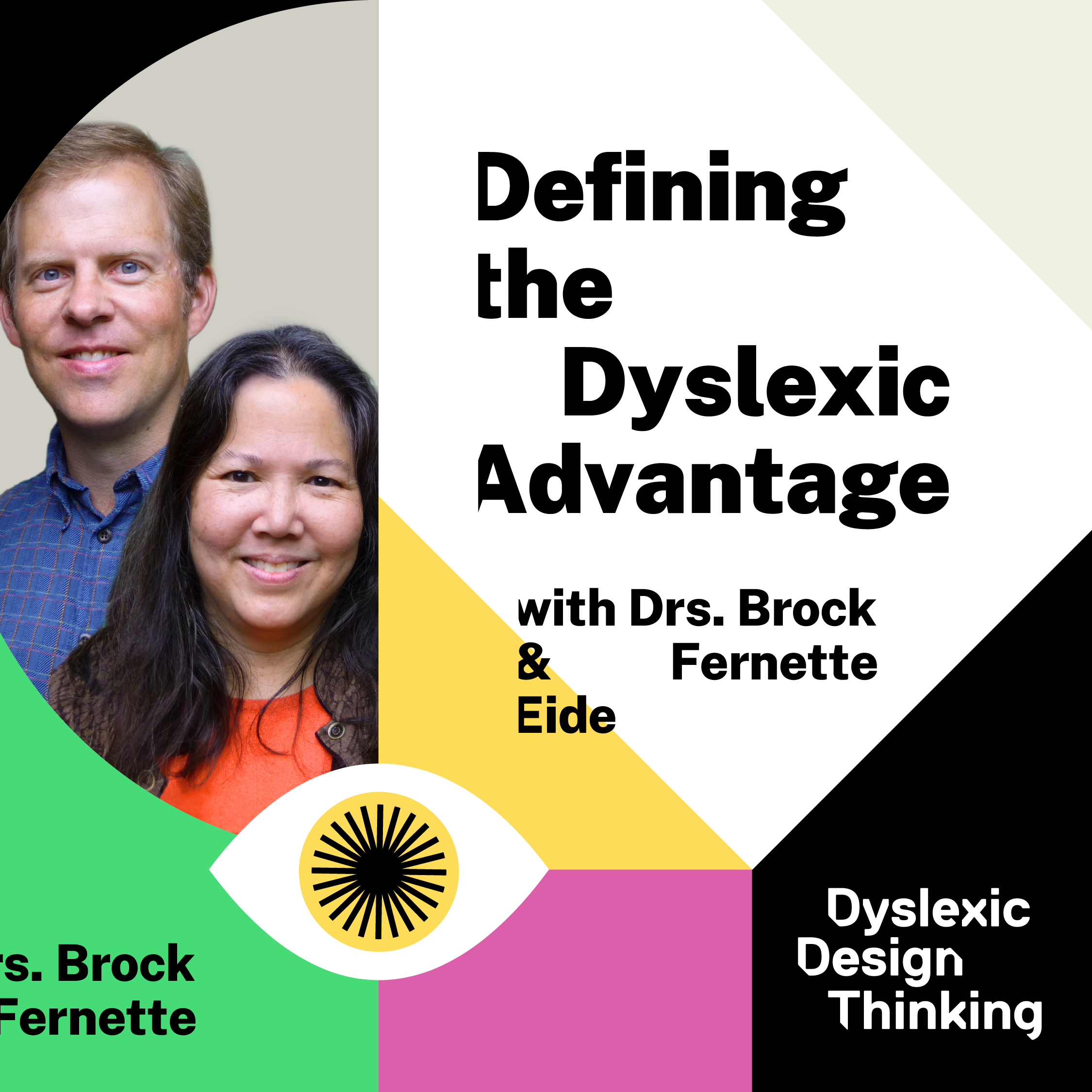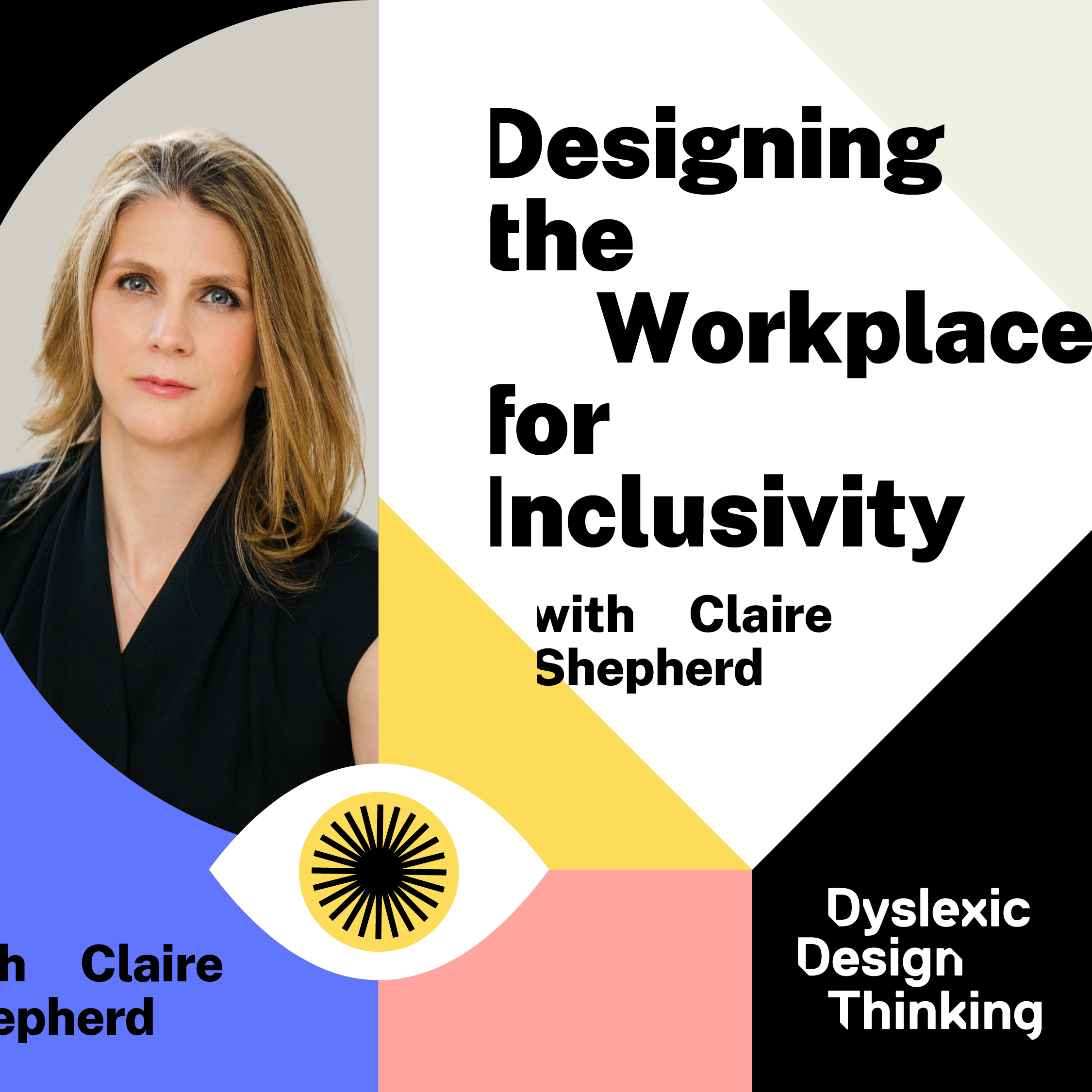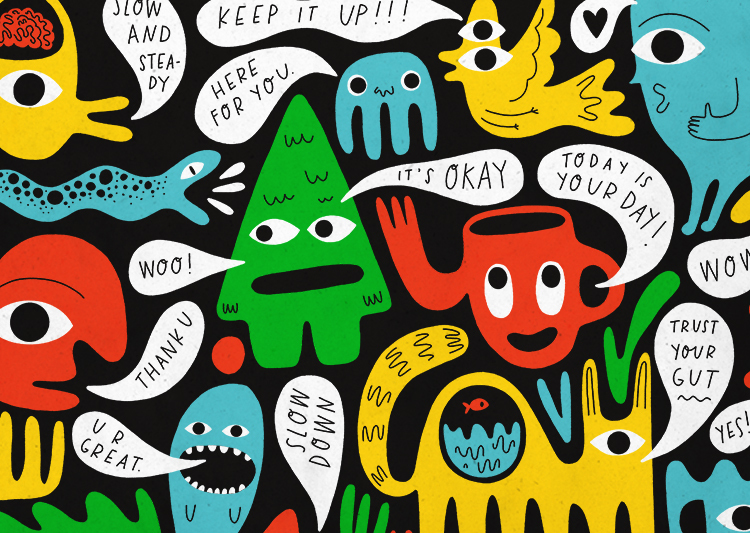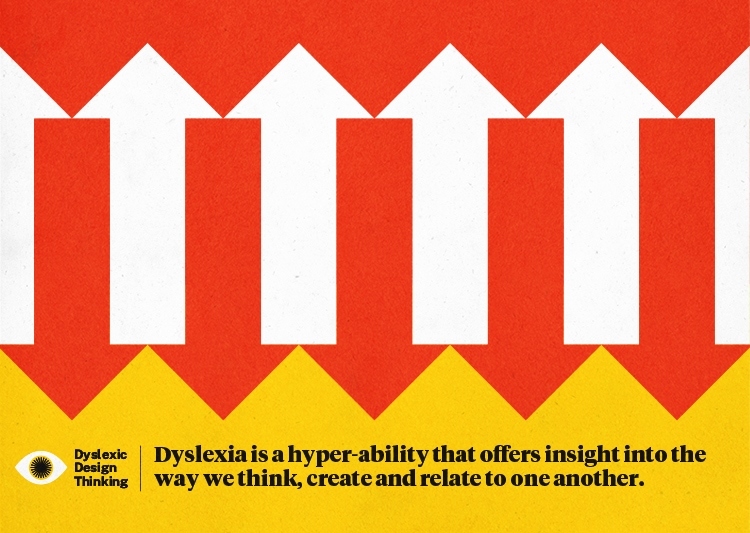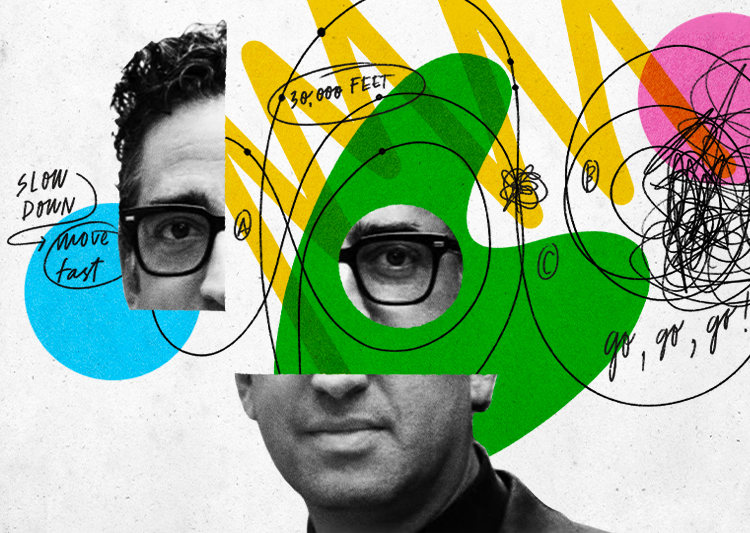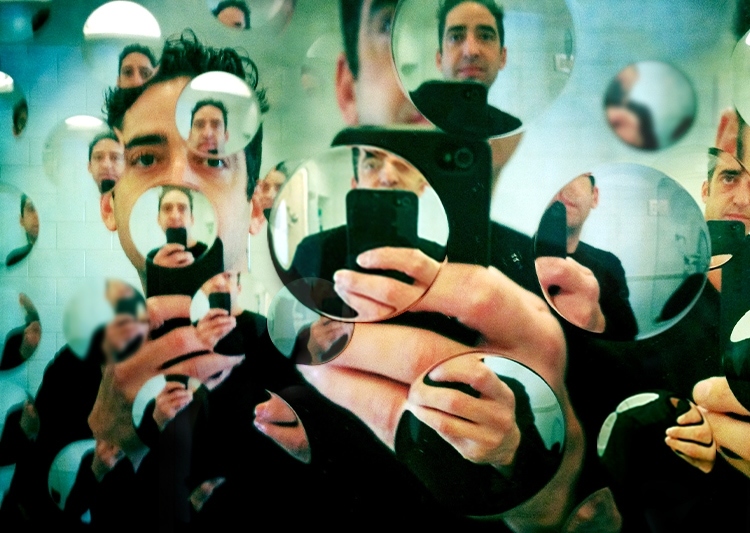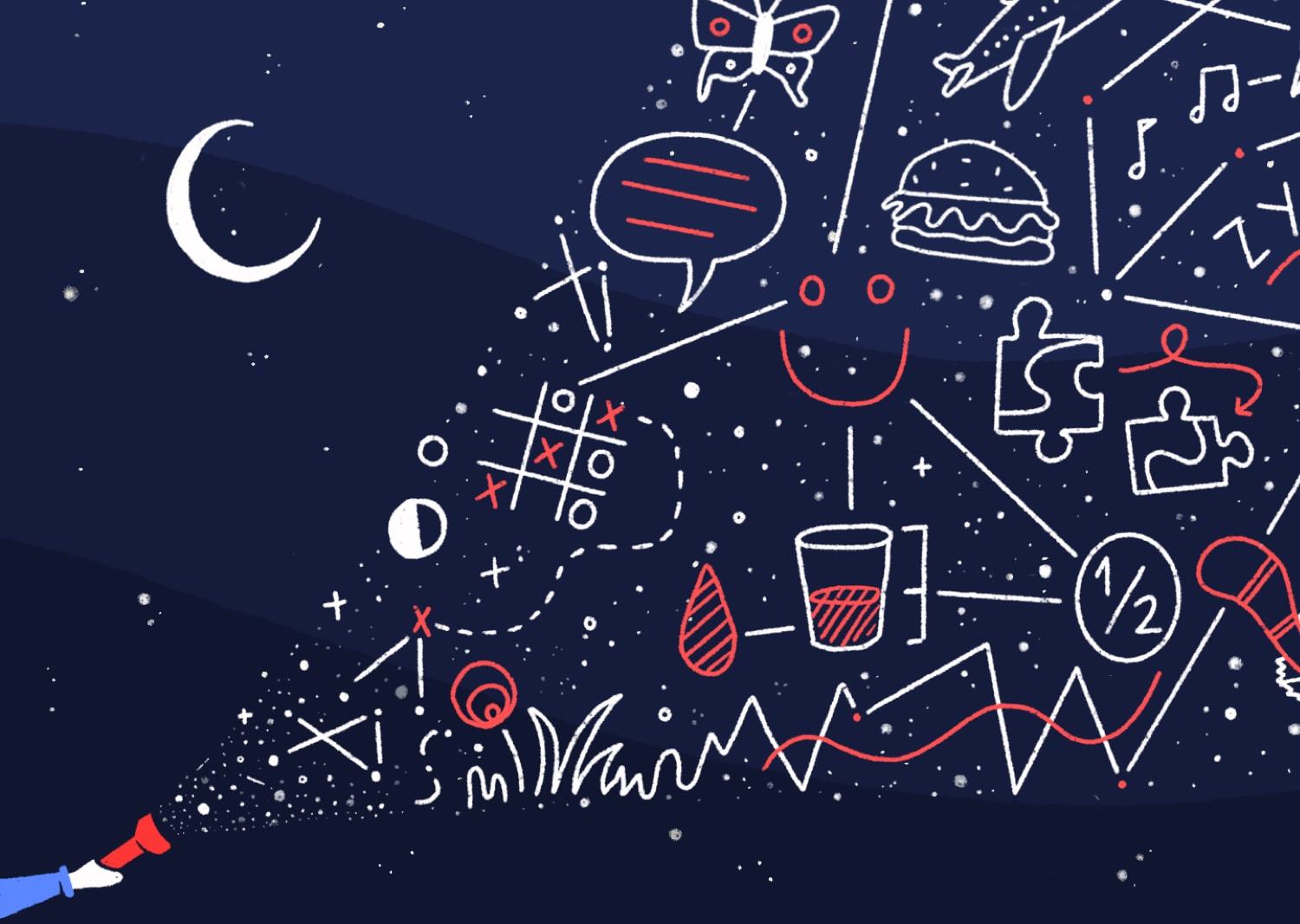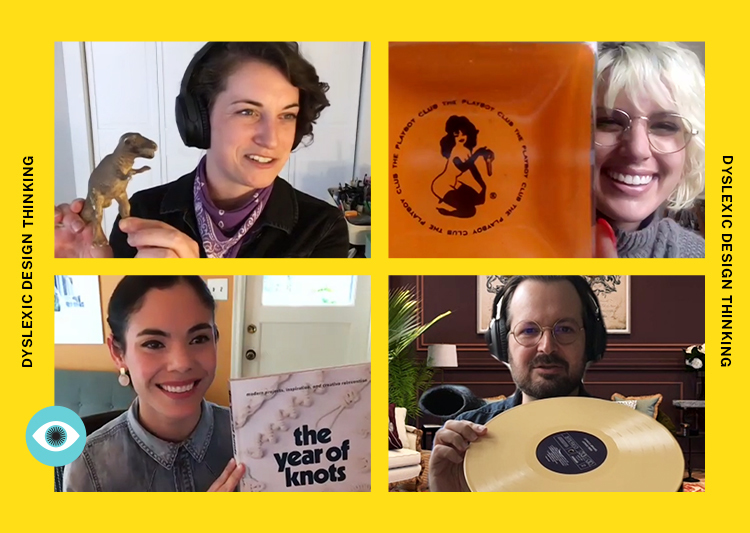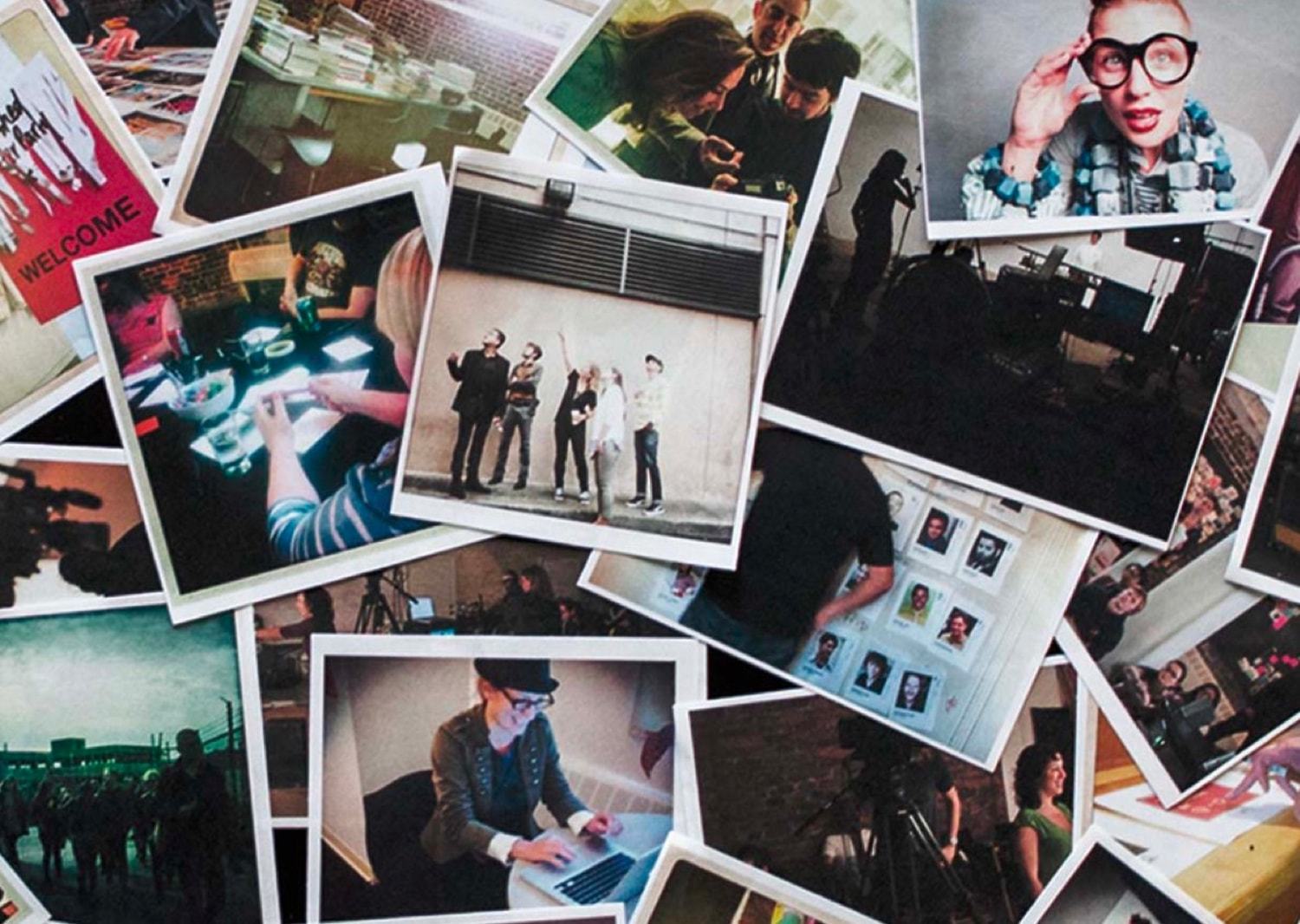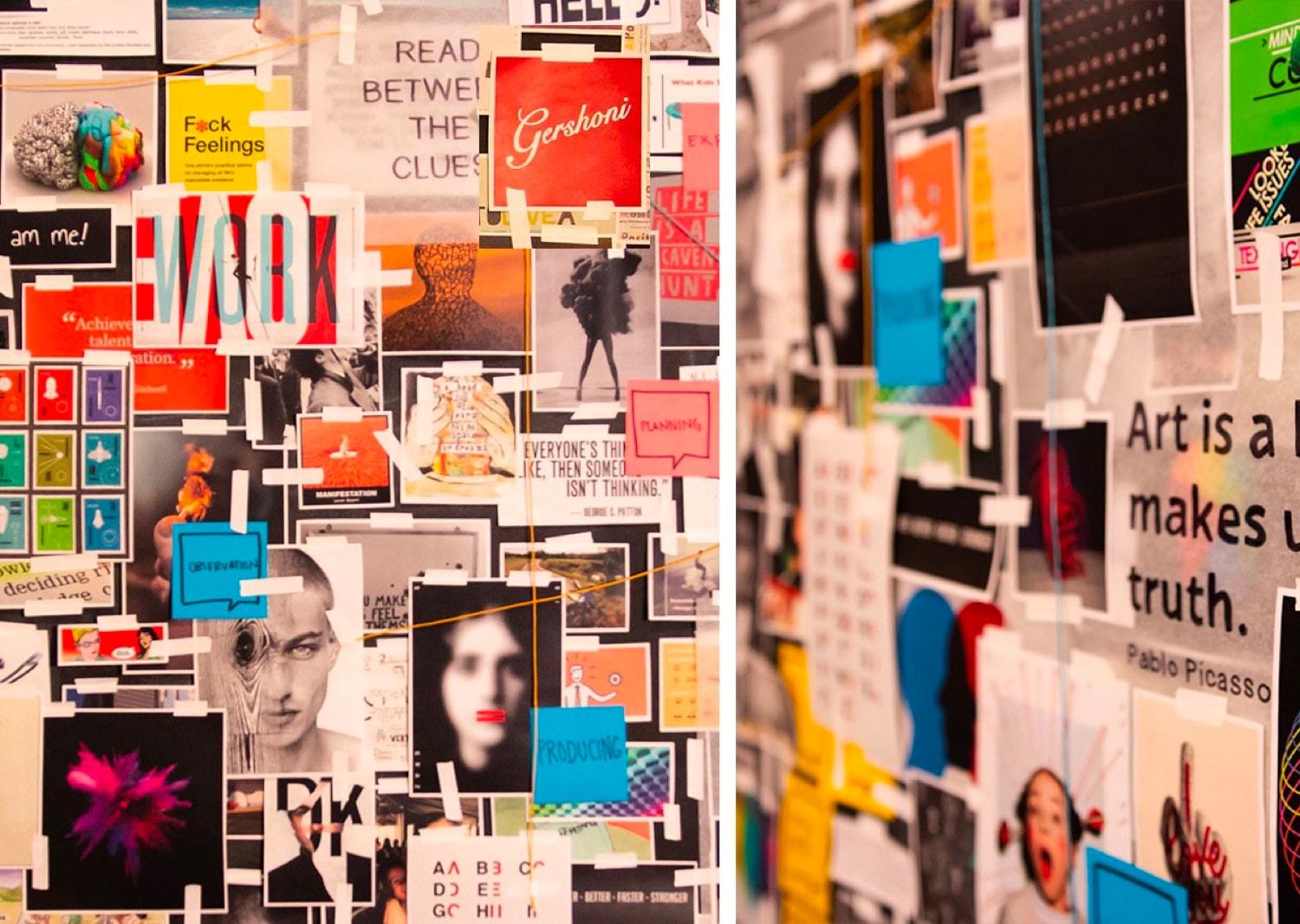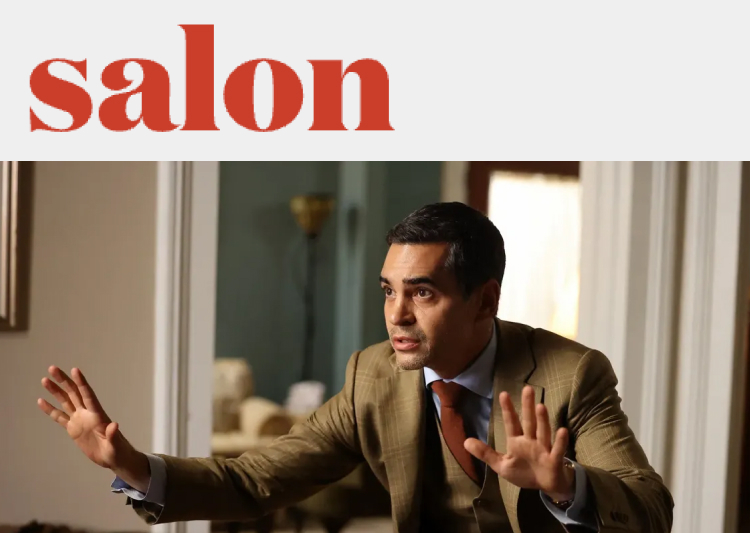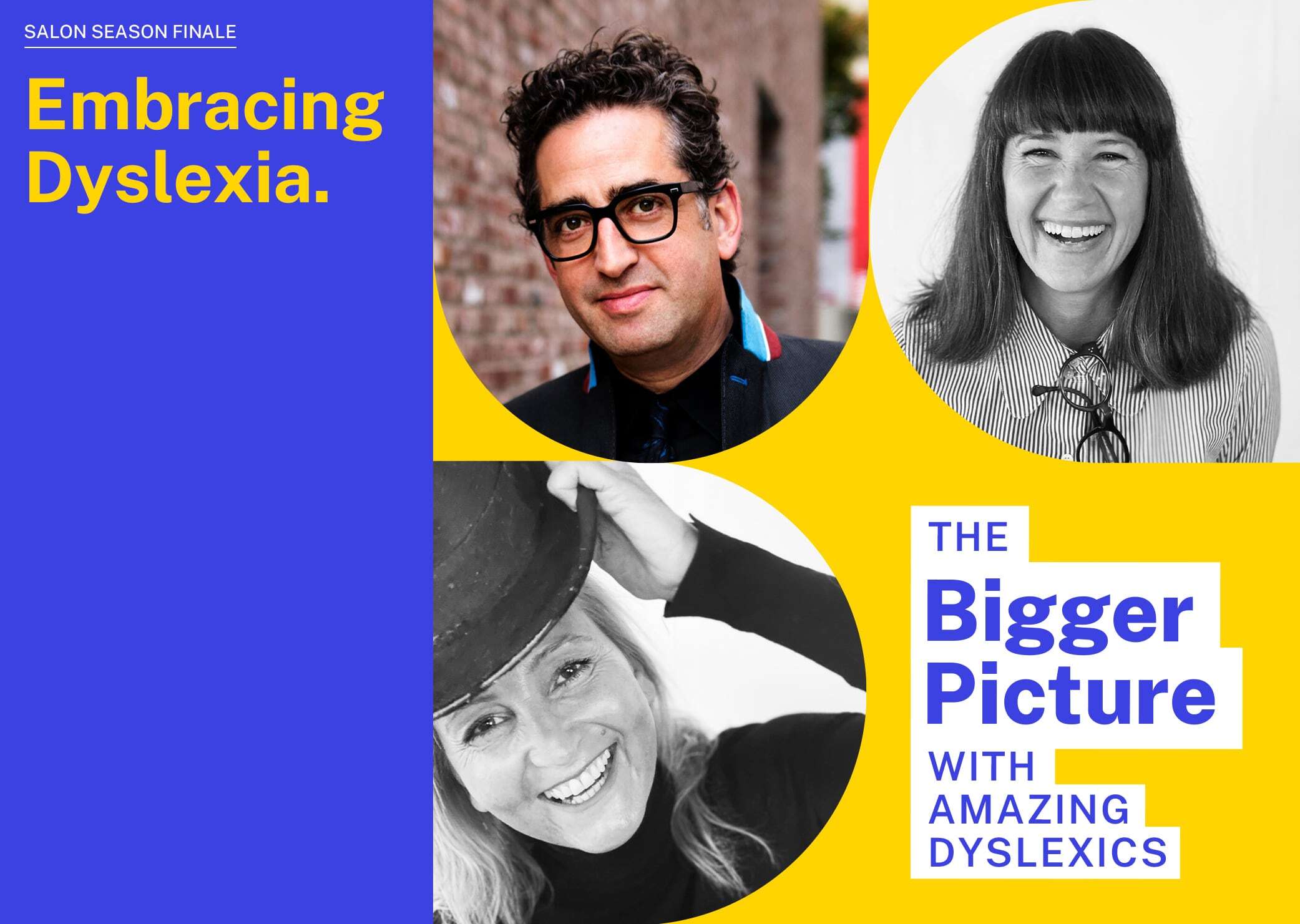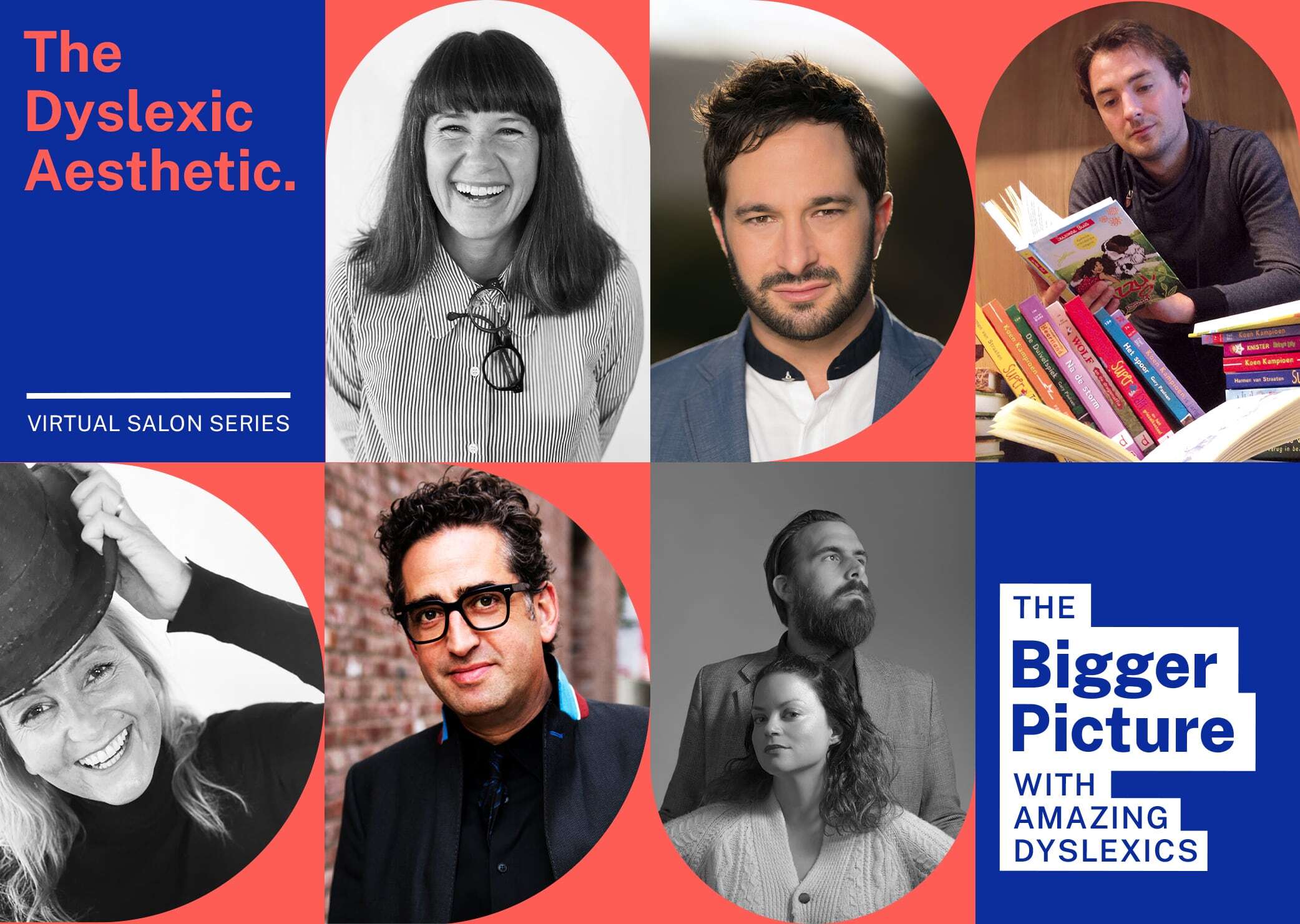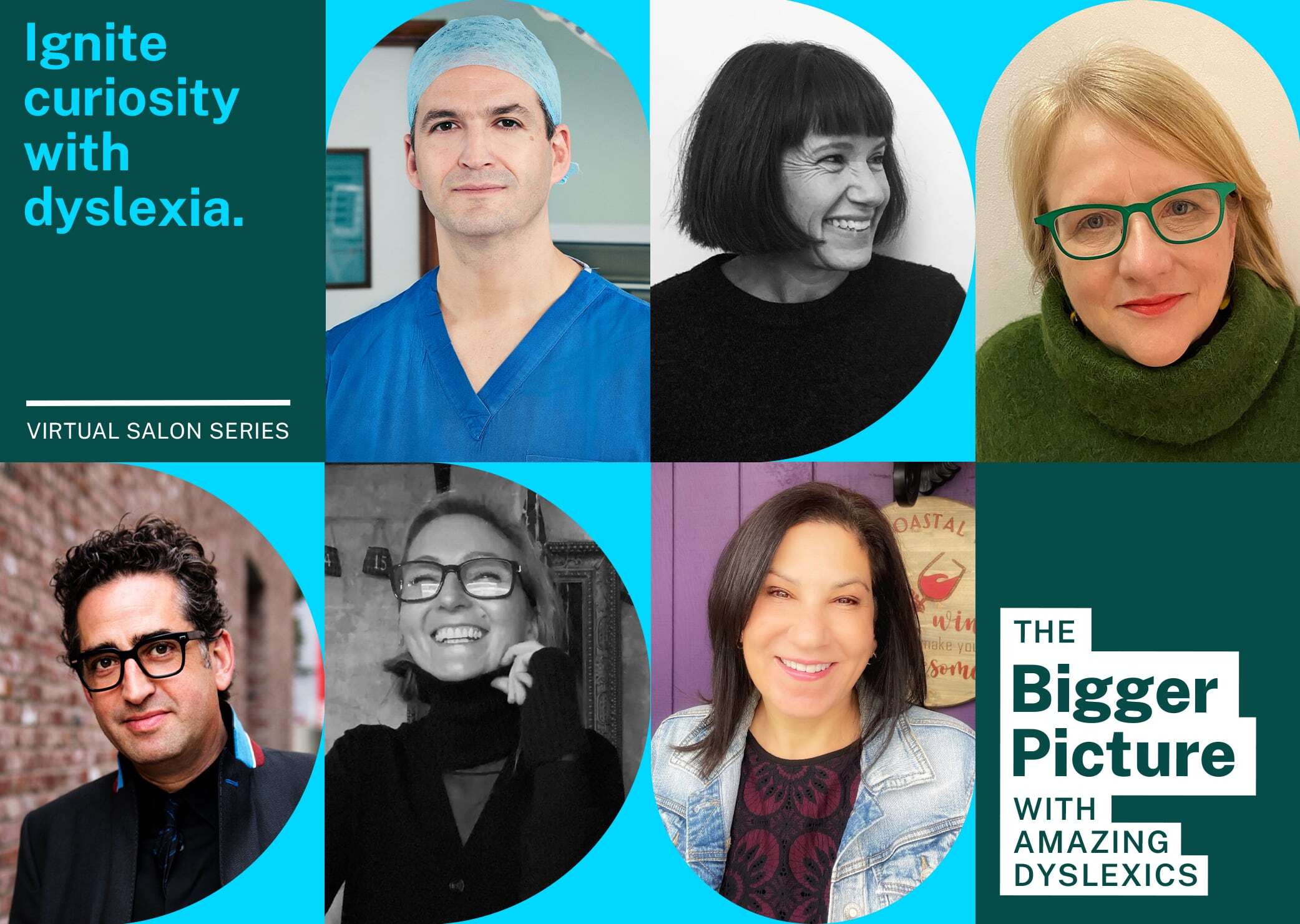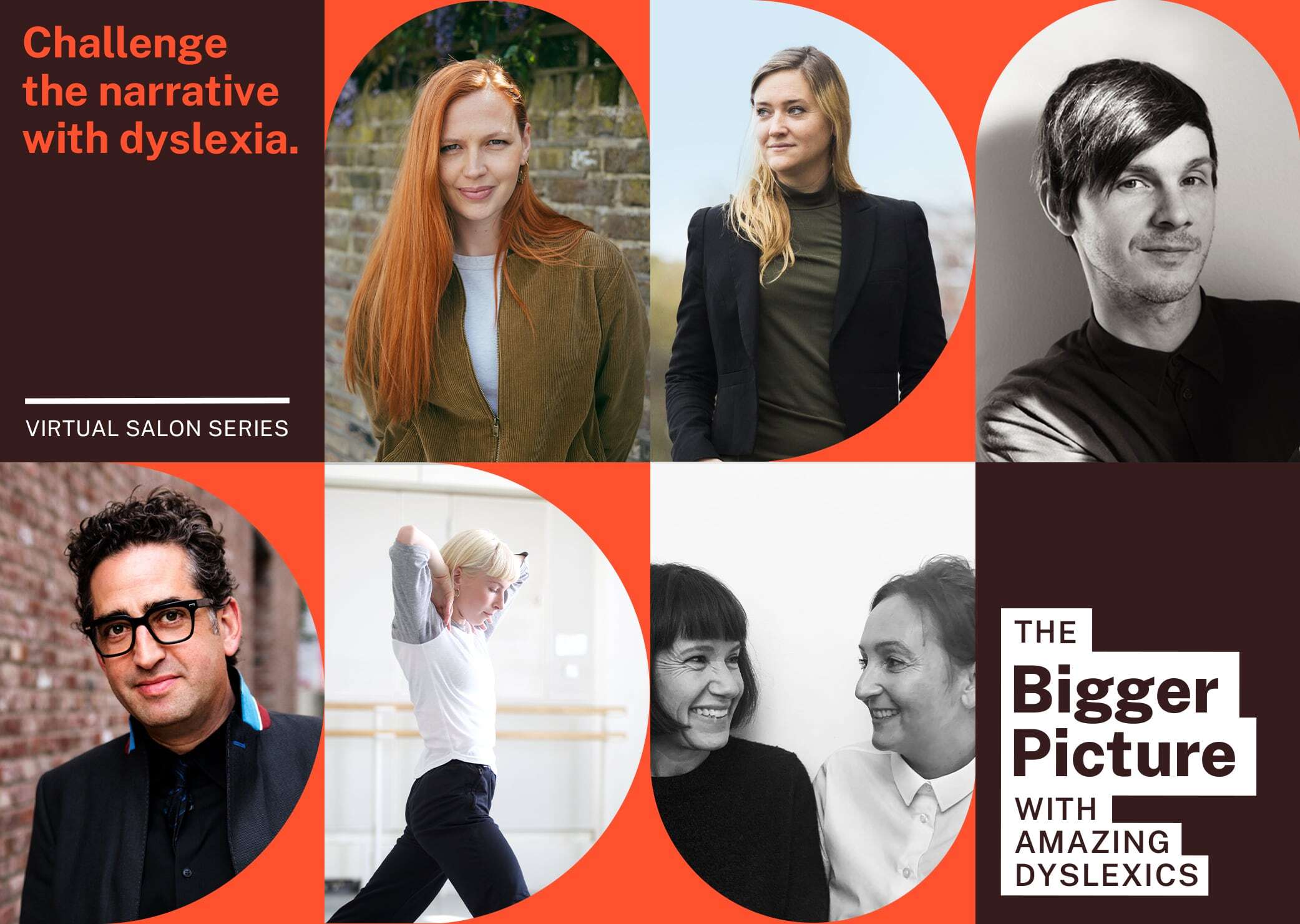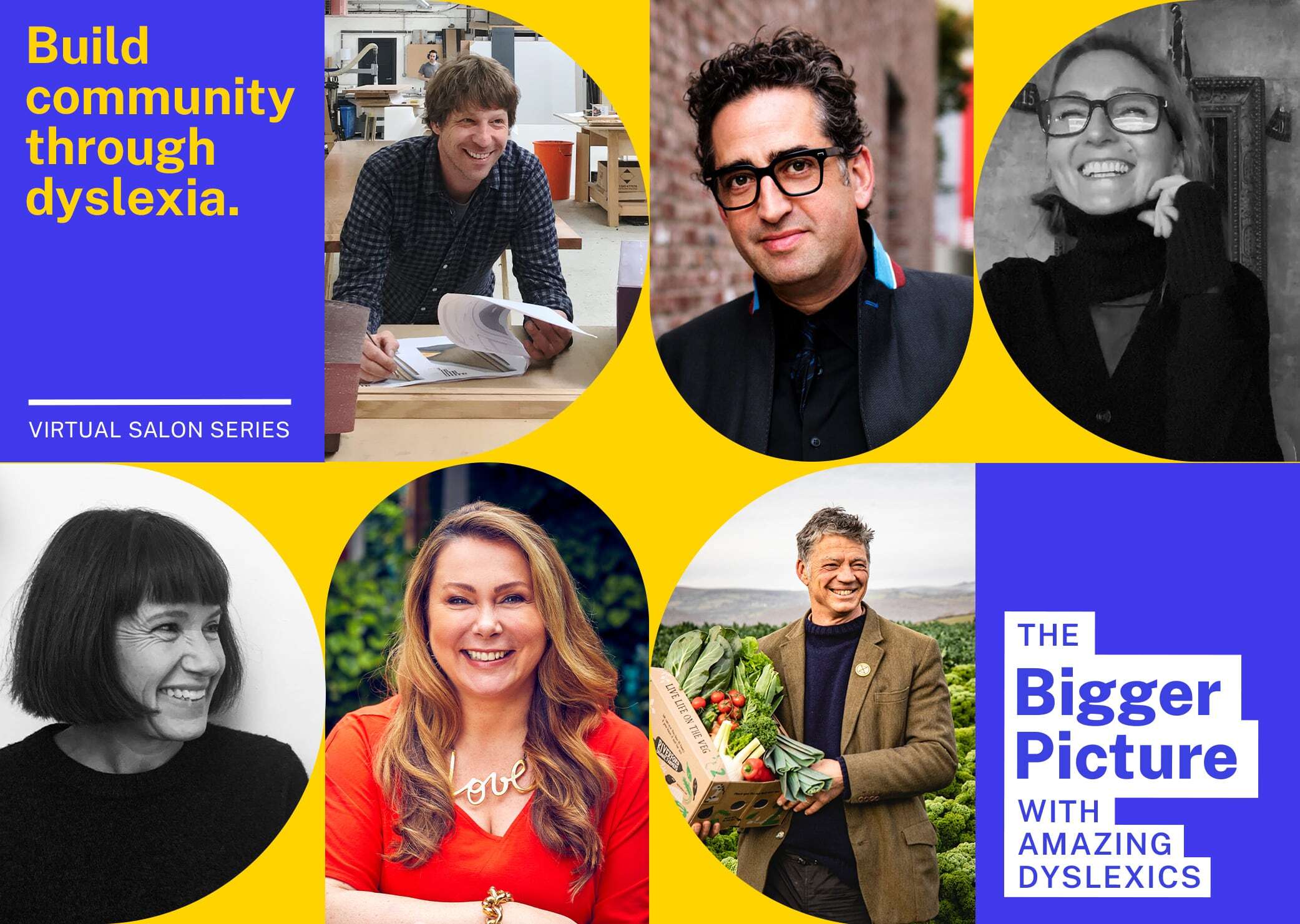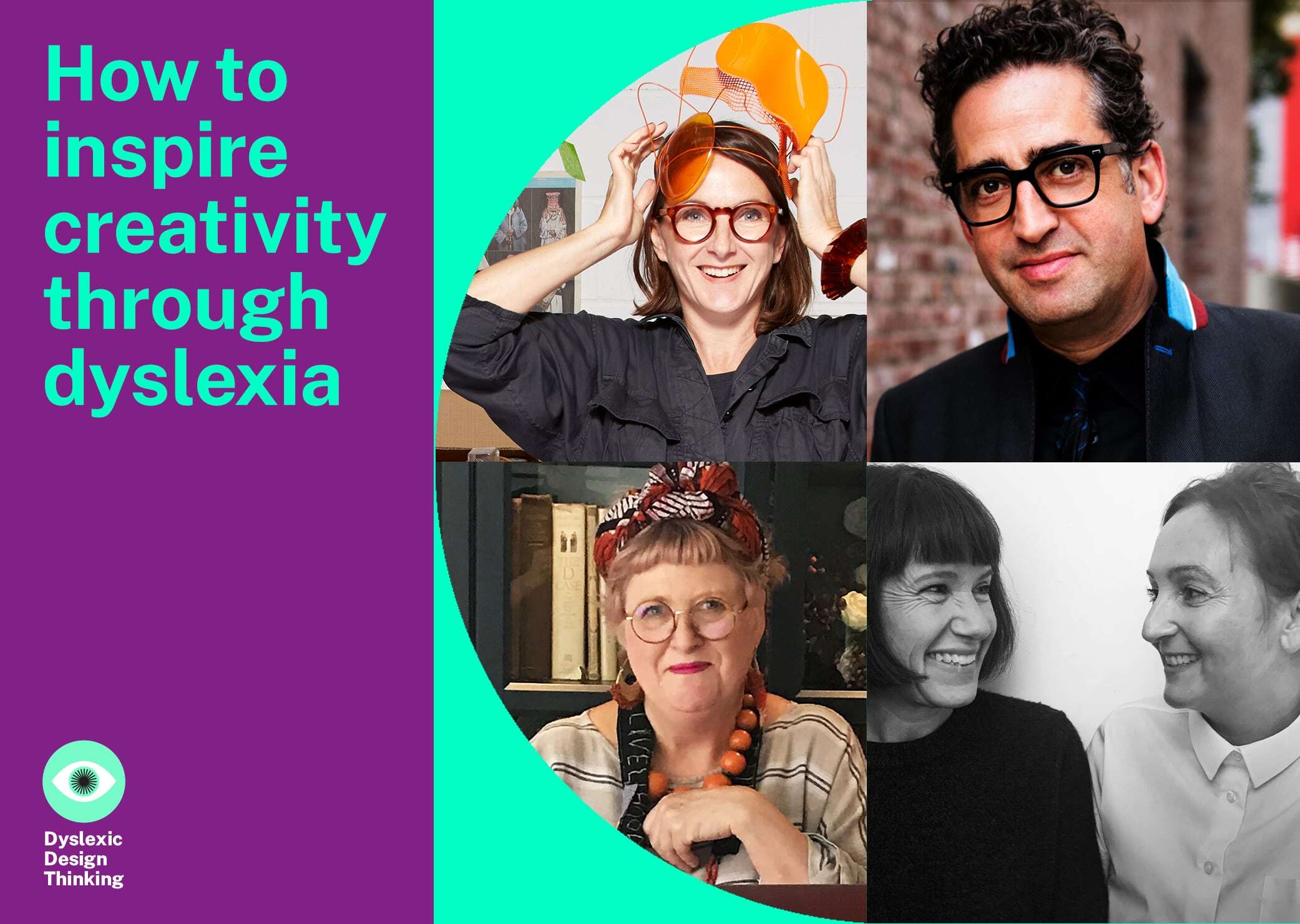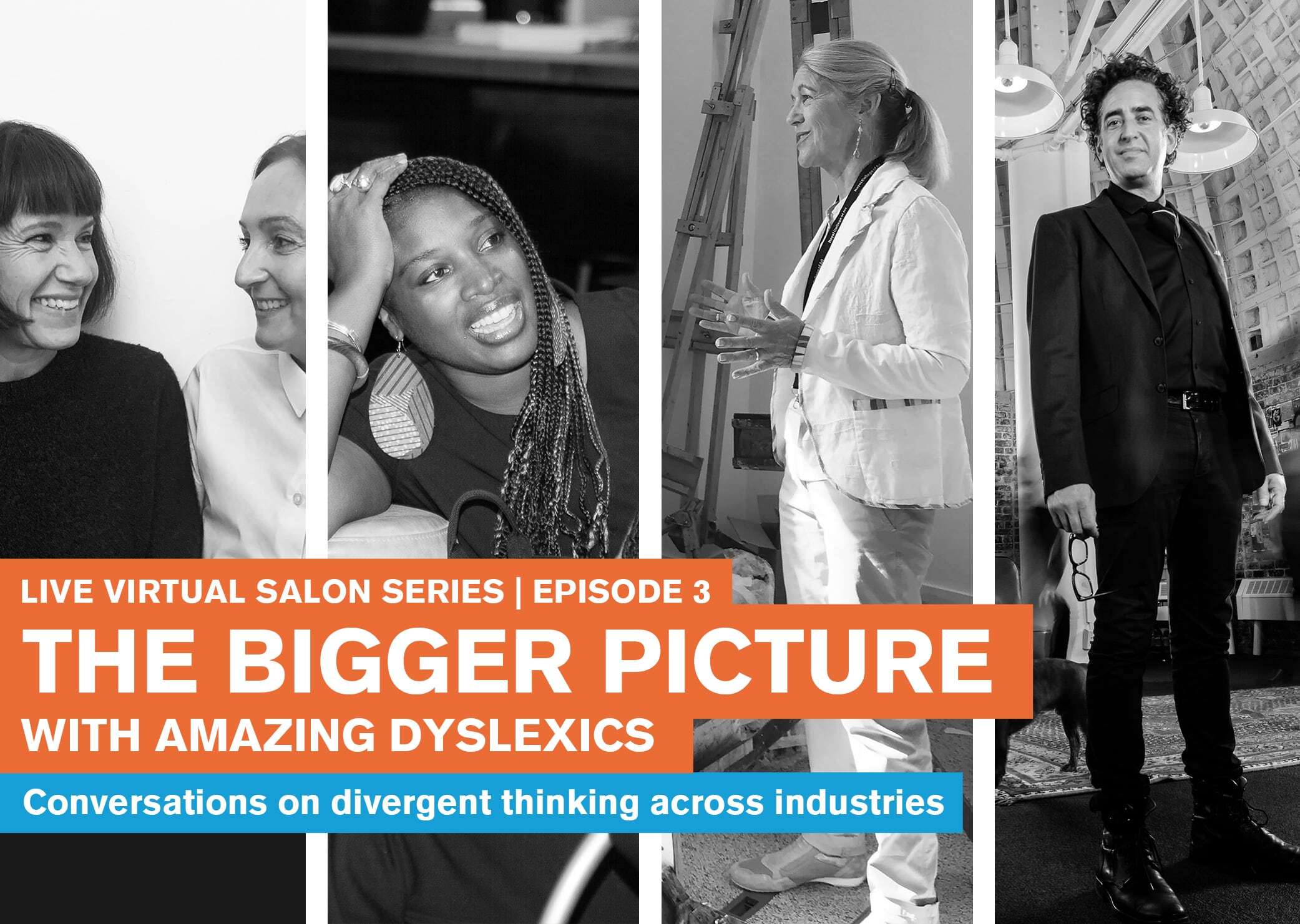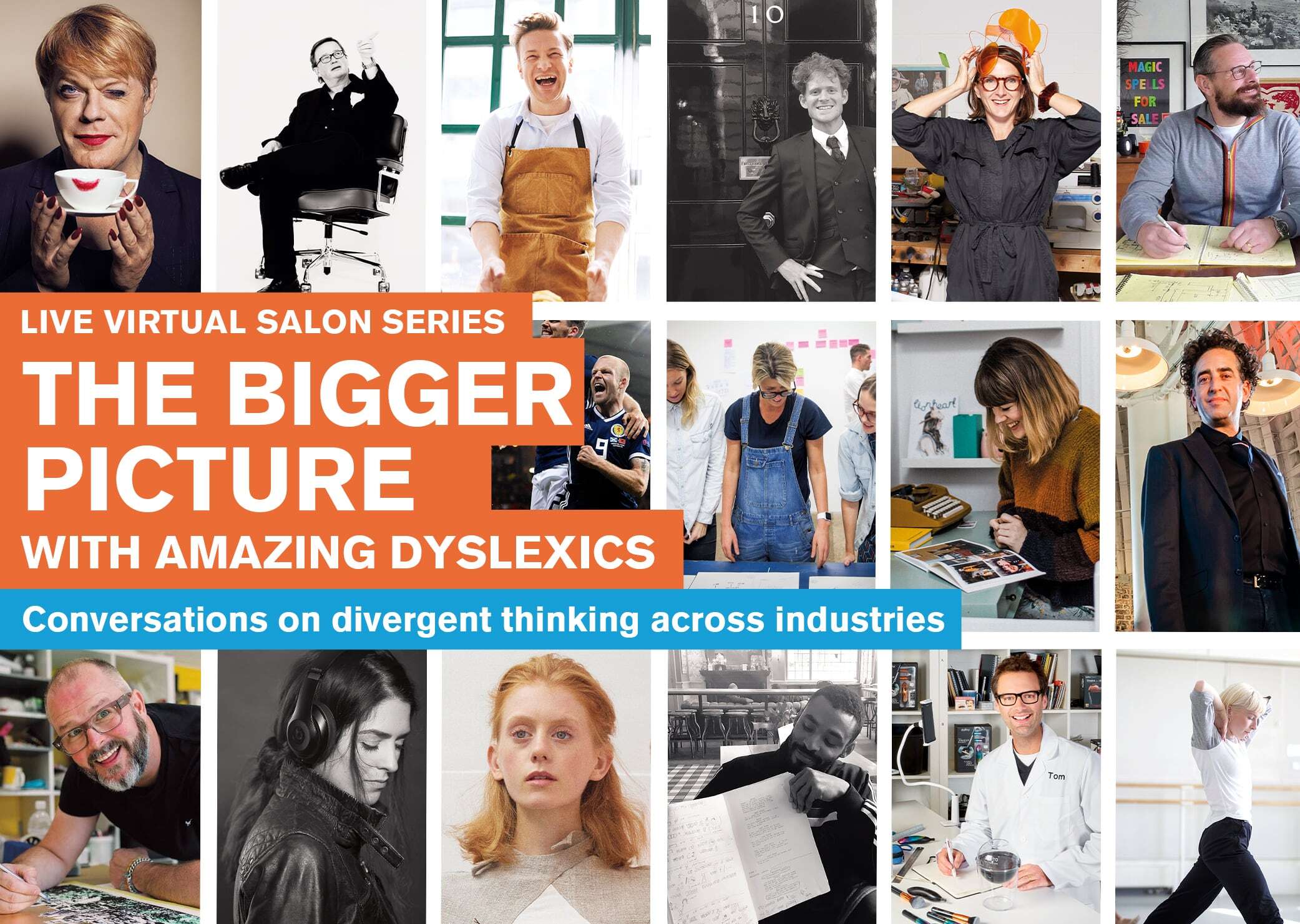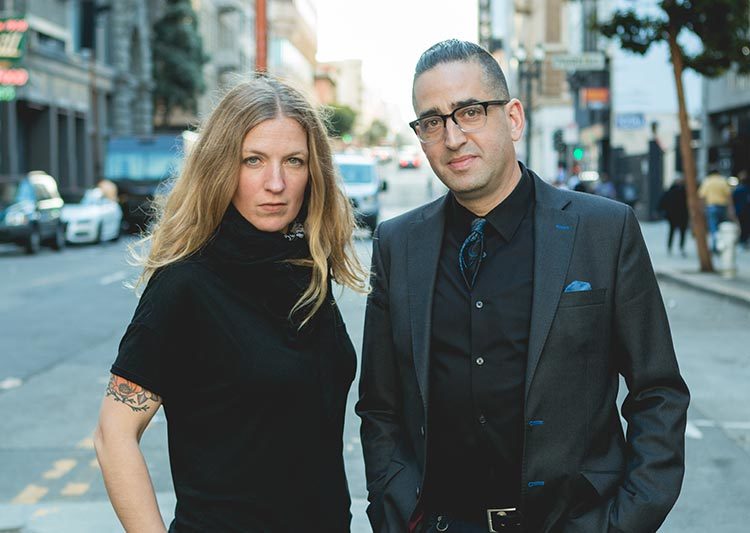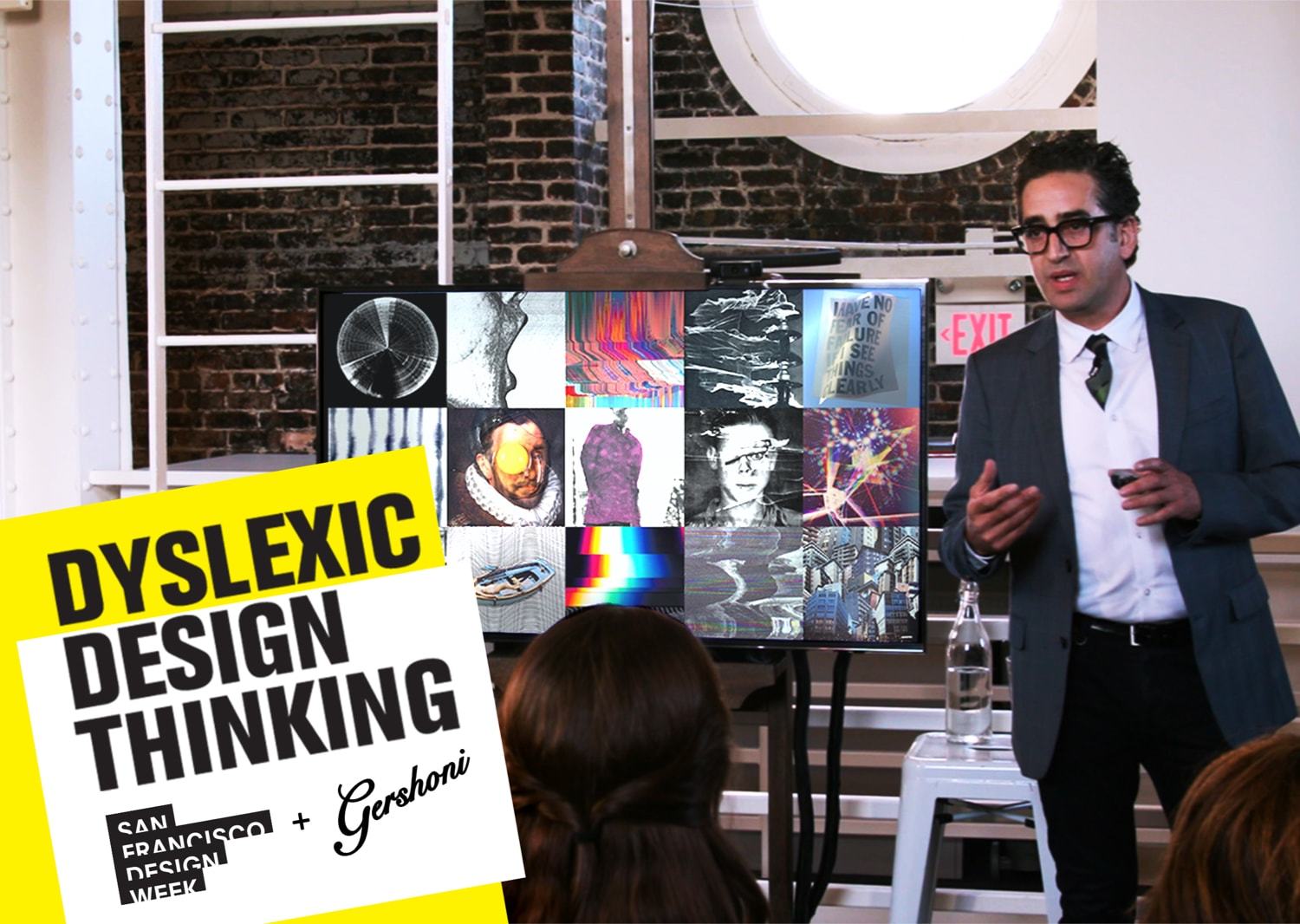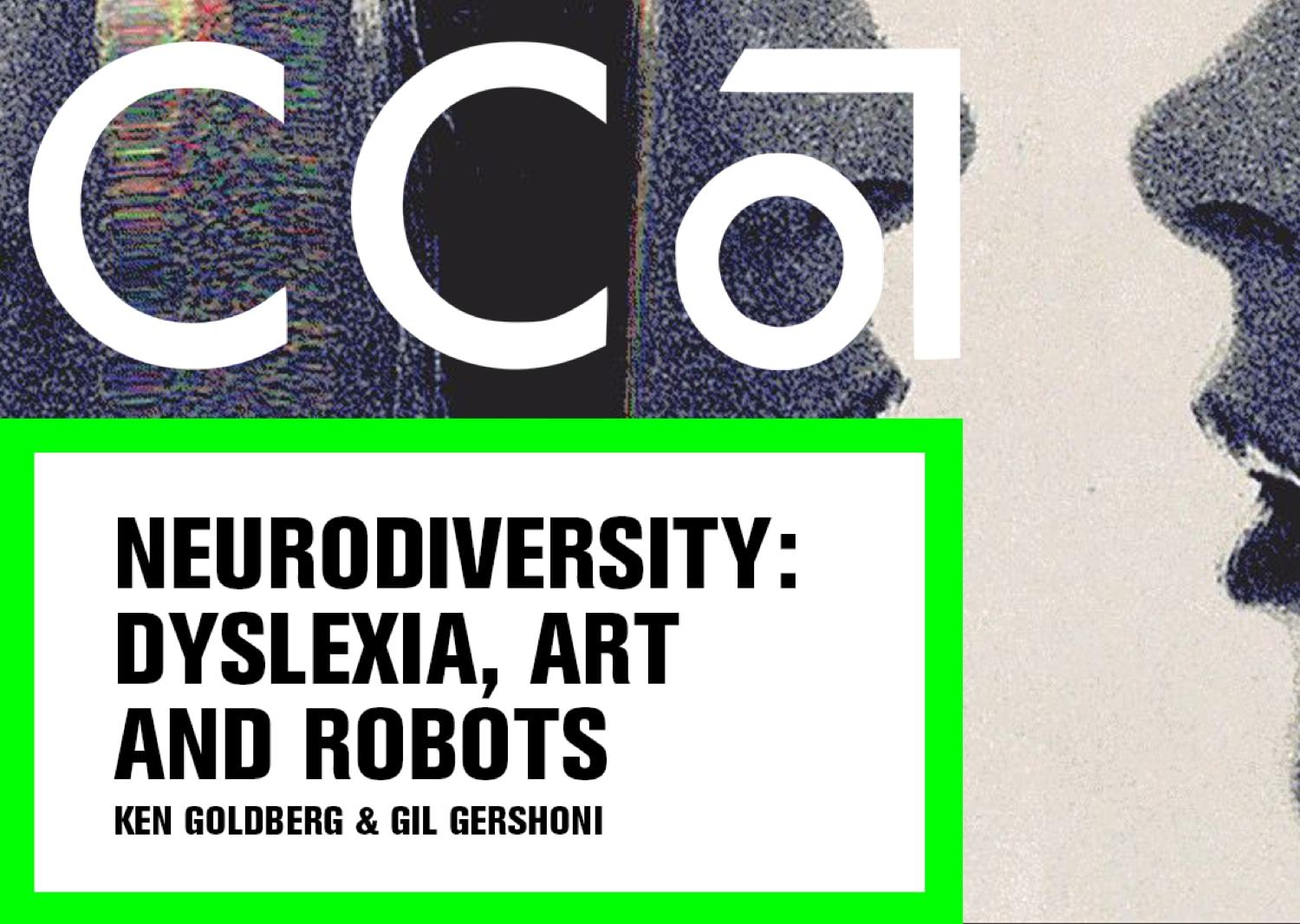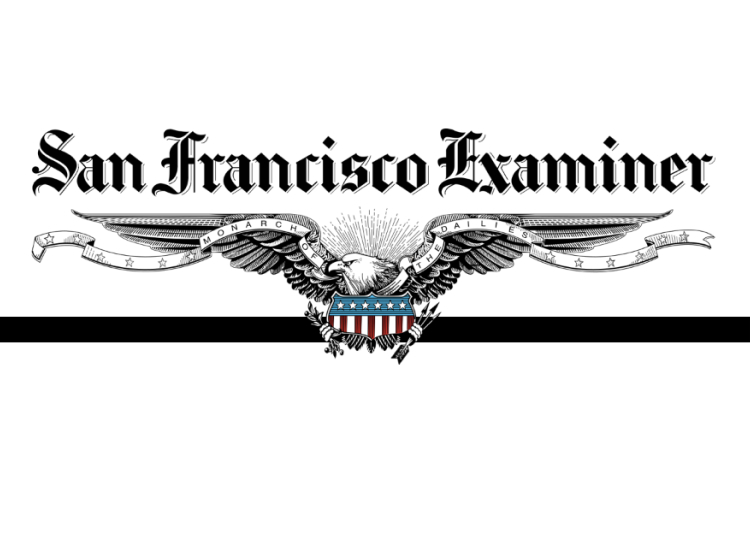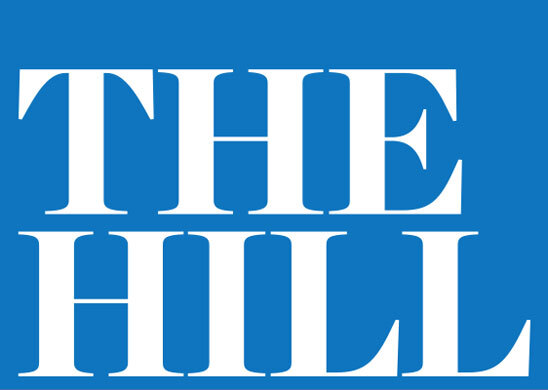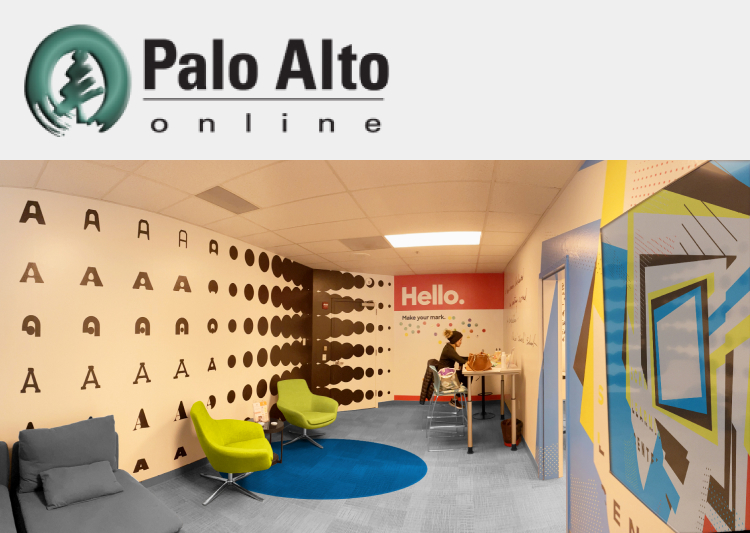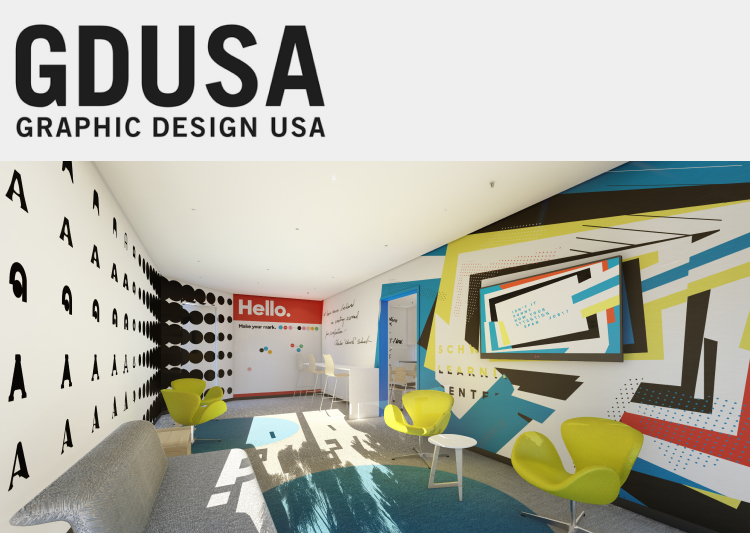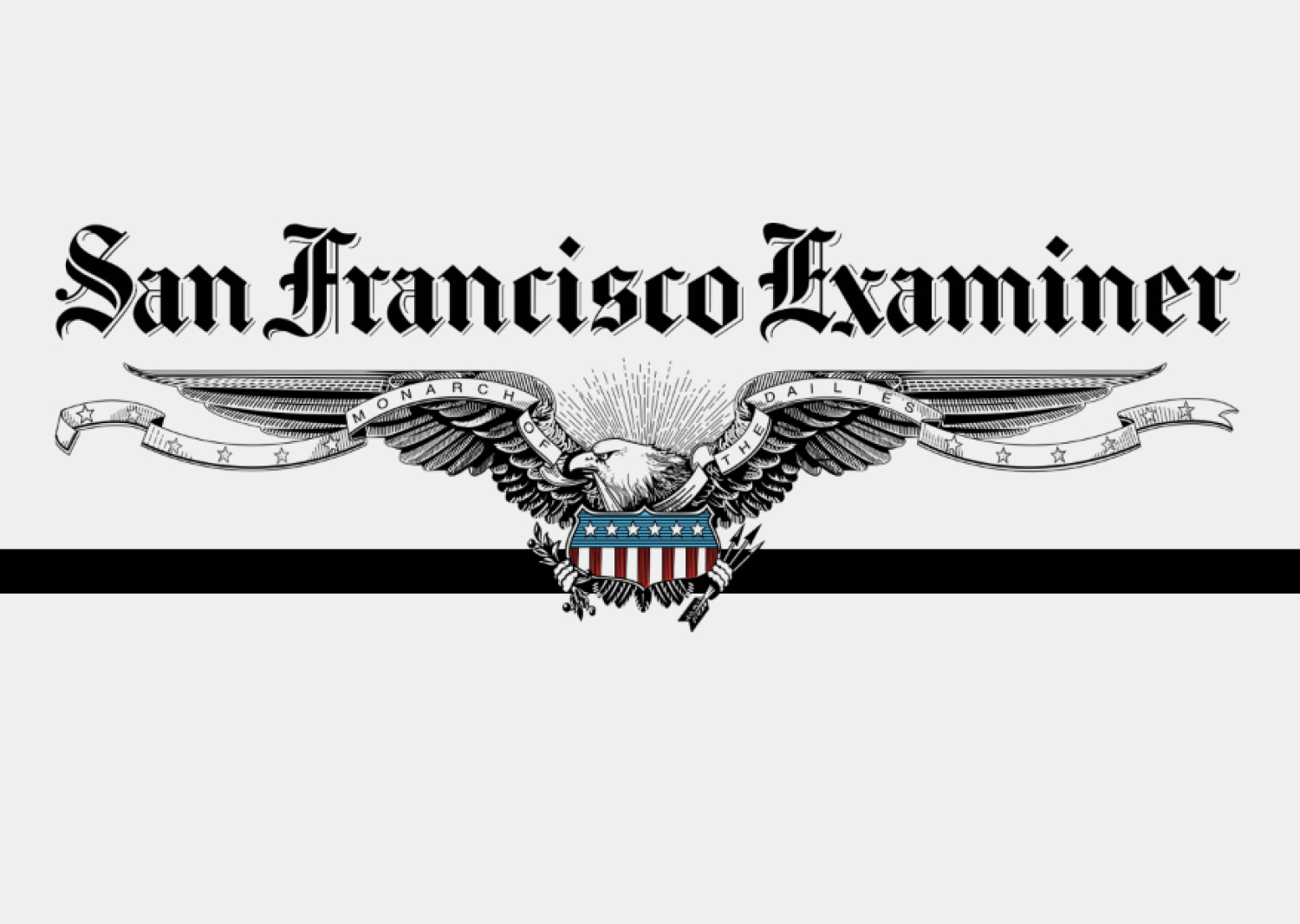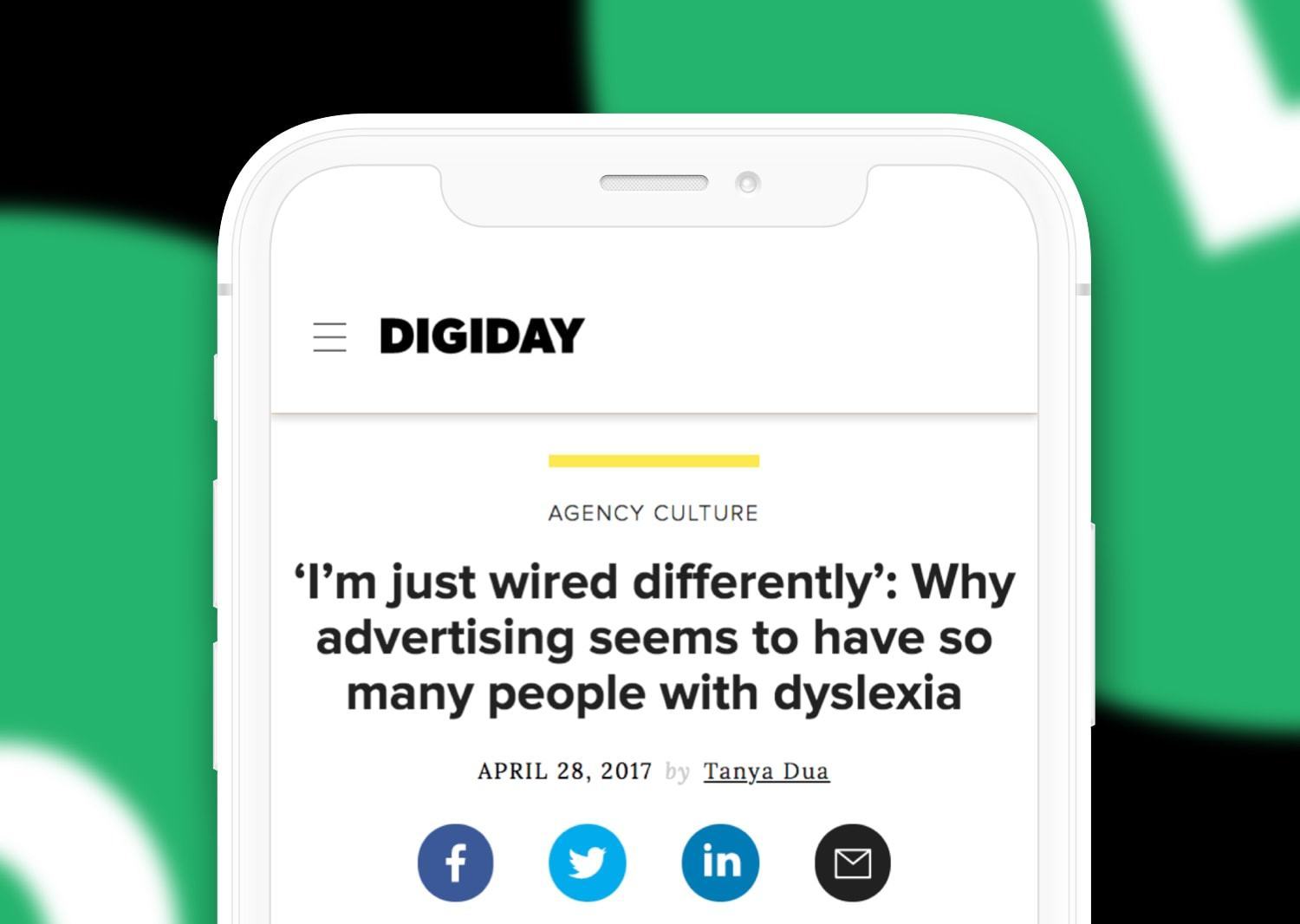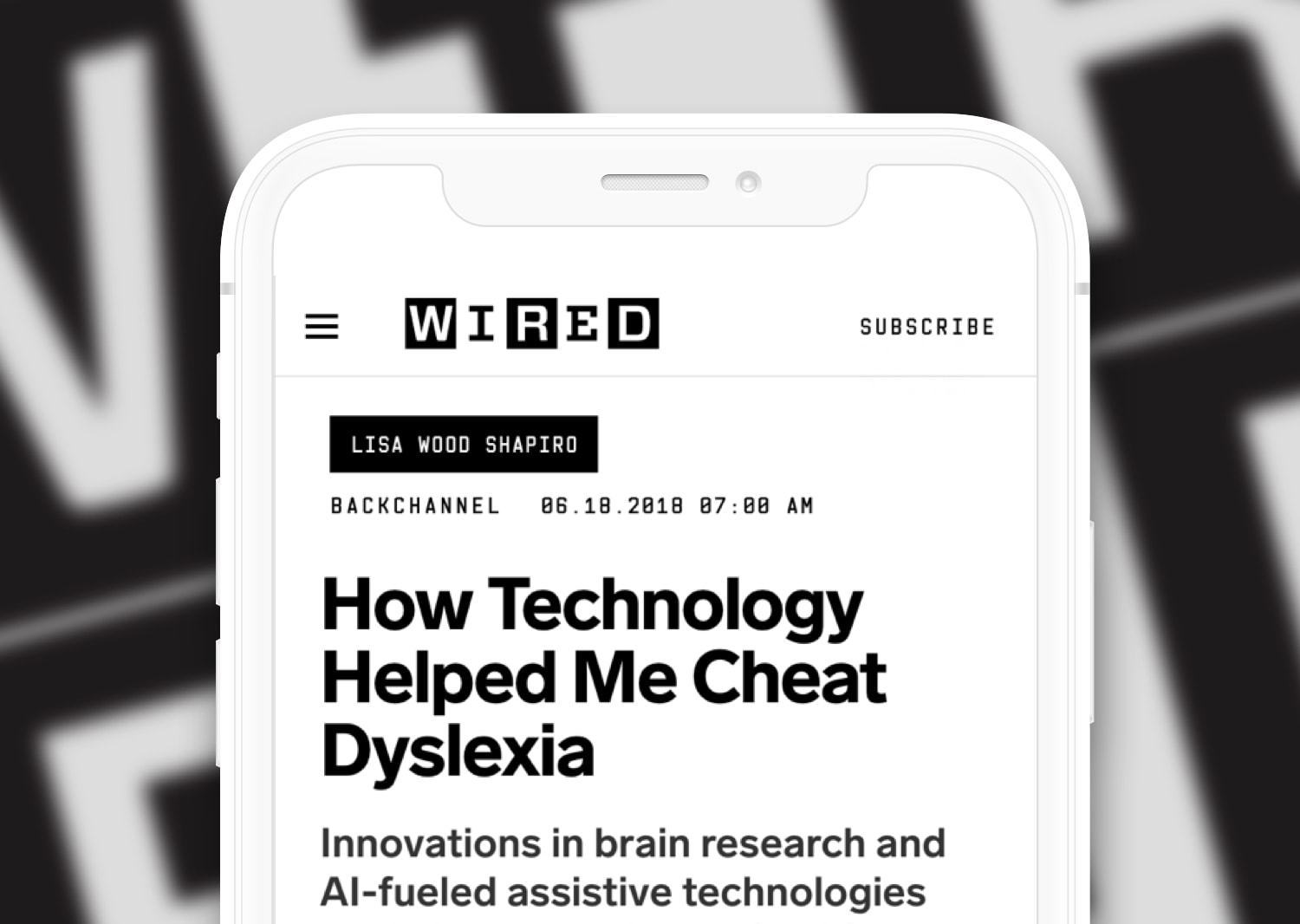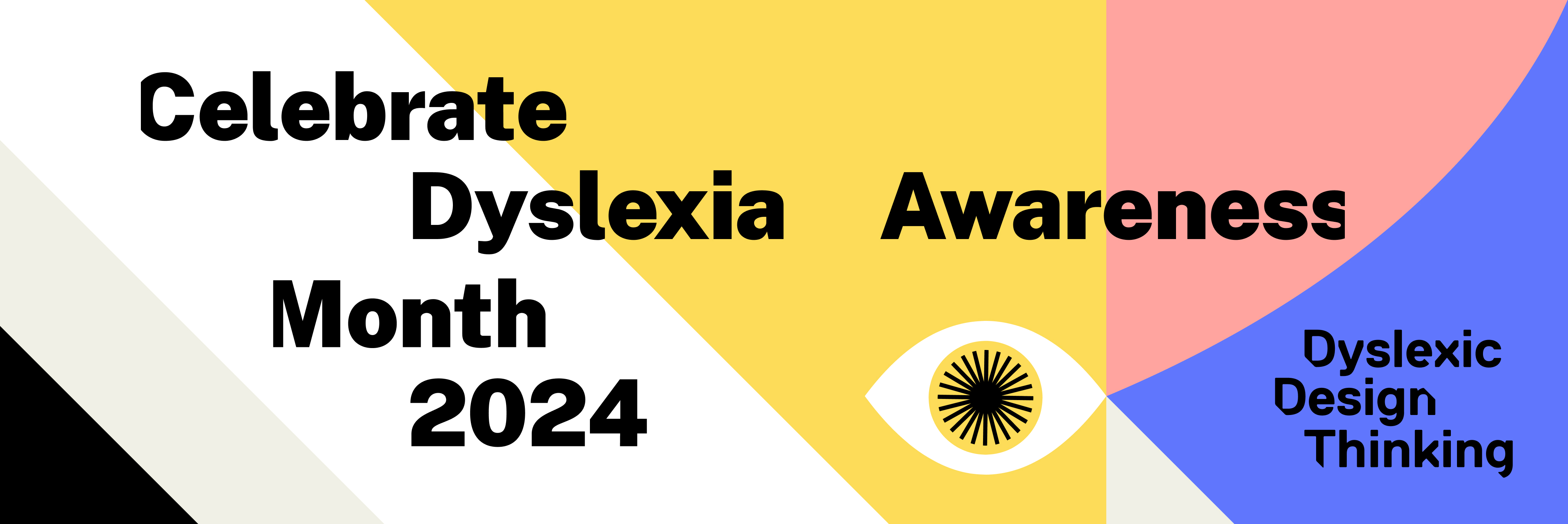
Dyslexia affects as many as 1 in 5 people, yet its benefits remain shrouded in mystery. With Dyslexic Design Thinking, Gil Gershoni shares how dyslexia offers a heightened advantage, what he calls his “hyper-ability.” Through the lens of his experiences as a creative director and entrepreneur, Gil shows how he transformed a perceived weakness into a strength and explores the steps needed to build awareness and effect change.
Instagram: @dyslexicdesignthinking
Medium: @gilgershoni
For media inquiries and booking information, contact dyslexia@gershoni.com.
Dyslexia Awareness Month
Happy Dyslexia Awareness Month to our community of dyslexics and dyslexia advocates! Dyslexic Design Thinking got an early start on the festivities with an appearance at the Stanford Neurodiversity Summit last month, where founder Gil Gershoni spoke on the topic of “Neurodiversity Unleashed.” If you missed it, not to worry! We’ve got much more in store for the rest of the month, including a podcast livestream with X Games skier Alex Hackel, the debut of our dyslexia style guide and the ongoing Dear Dyslexia: The Postcard Project. As always, if you have something to share, drop us a line at dyslexia@gershoni.com. We love hearing from you!
Special live podcast recording with X Games skier Alex Hackel
On Tuesday, Oct. 1, we had the pleasure of hosting a special live recording of the Dyslexic Design Thinking podcast featuring X Games skier, filmmaker, and entrepreneur Alex Hackel. In an engaging conversation with host Gil Gershoni, Alex shared insights into his medal-winning skiing career, his work with the Swedish production company The Bunch, and the creation of his ski brand 1000 Skis.
The event, streamed live on YouTube, Twitter, and LinkedIn, gave viewers a unique opportunity to hear Alex’s story of innovation and passion, both on and off the slopes.
Thank you to everyone who joined us for this exciting event! Stay tuned for more episodes of Dyslexic Design Thinking.
Follow Dyslexic Design Thinking on Instagram and follow Alex Hackel on Instagram, Facebook, LinkedIn and YouTube.
October Events
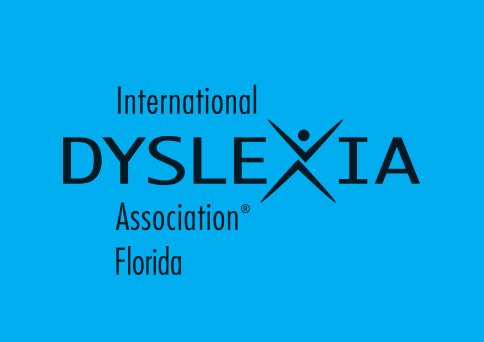
Friday, Oct. 4 at 7 p.m. EDT
International Dyslexia Association Florida Branch Conference
Reserve a Spot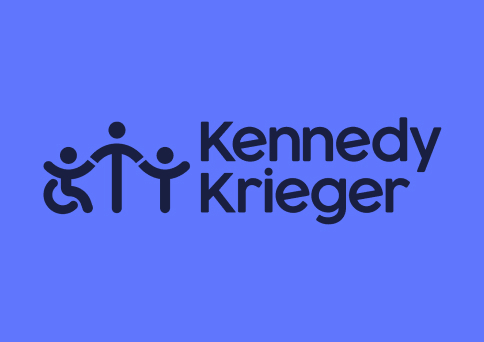
Tuesday, October 29 at 11:15 a.m. EDT
Neurodiversity in the Workplace: A Collaborative National Conference
Reserve a SpotPodcast
Exhibitions
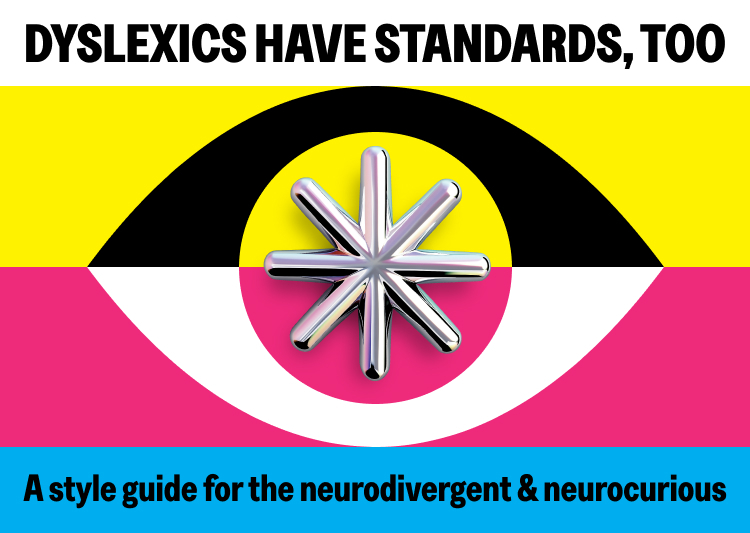
Exhibition
Dyslexic Style Guide
OCTOBER 2024
NEW RELEASE to celebrate Dyslexia Awareness Month 2024 – a style guide for the neurodivergent & neurocurious
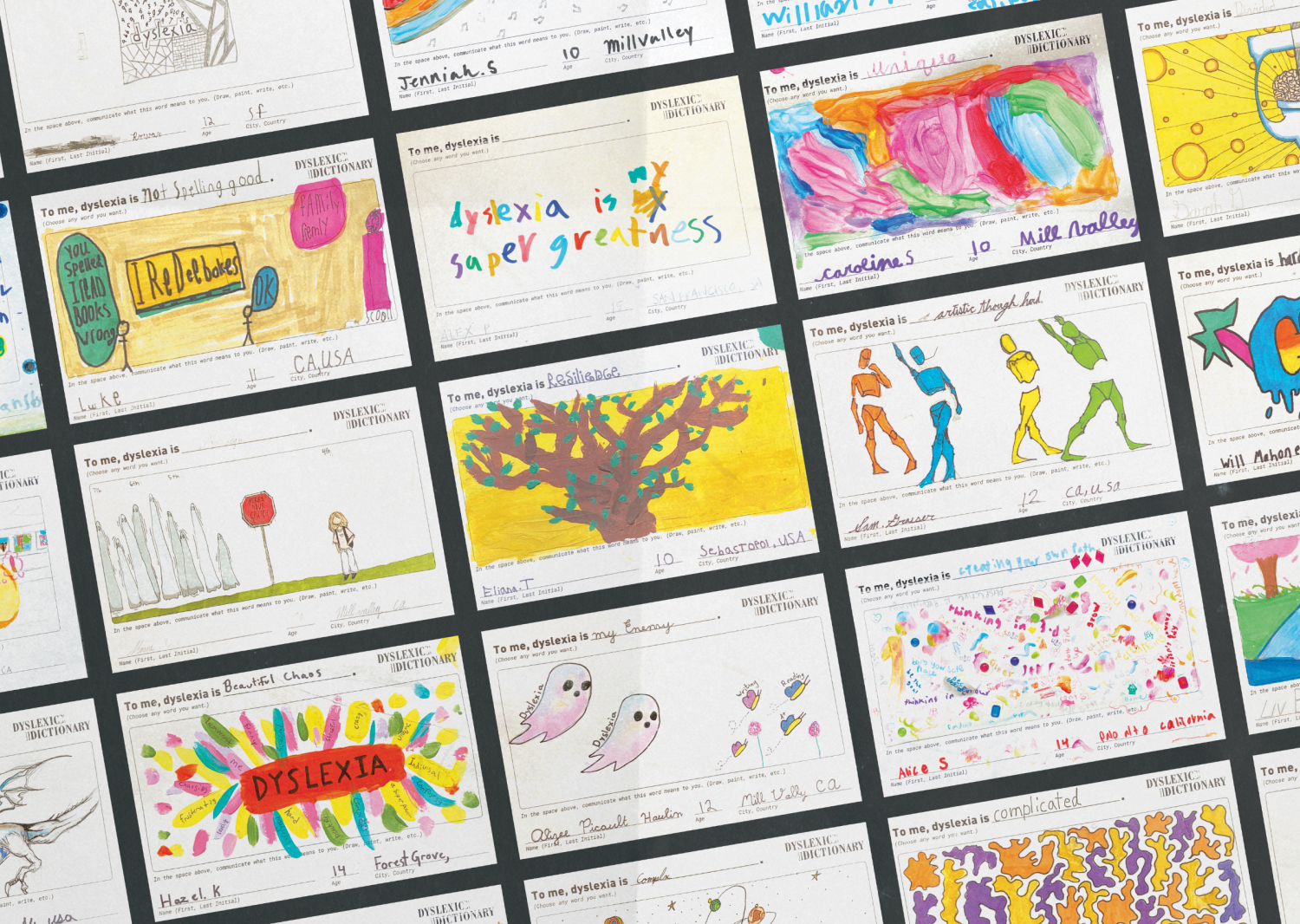
Exhibition
Dear Dyslexia Postcard Project
ONGOING
Young people worldwide redefine dyslexia in postcard artwork highlighting their experiences of creativity and struggle
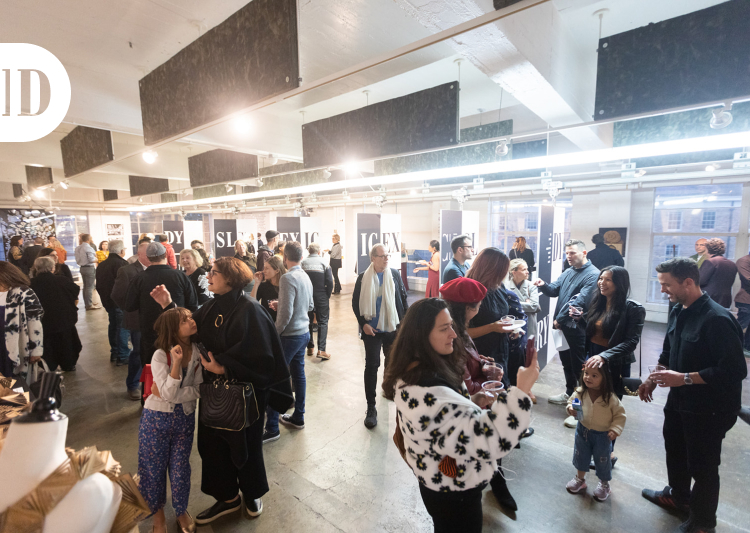
Exhibition
Dyslexic Dictionary
OCTOBER-DECEMBER 2022
Nine dyslexic artists were commissioned to produce a creative response to a word, phrase or idea that highlights how their minds experience language.
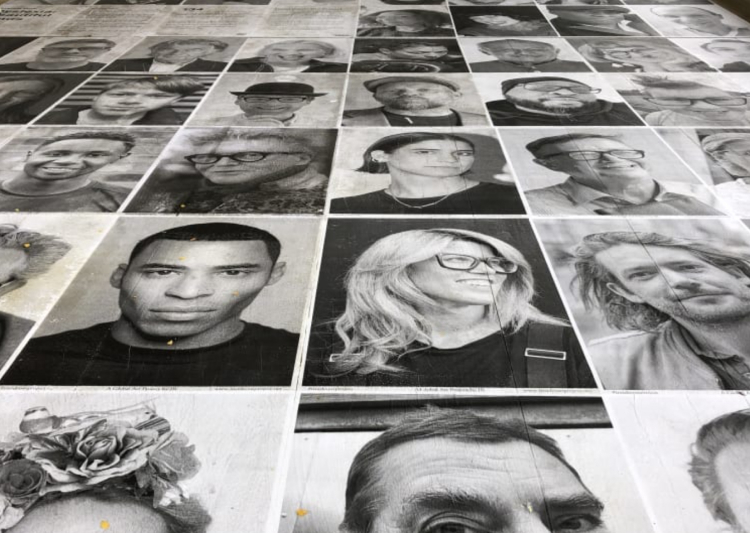
Exhibition
Dyslexia: Beautiful Minds, London
AUGUST 2021
Part of Inside Out: The People’s Art Project, featuring portraits of dyslexics who embrace their difference and embody dyslexic strengths
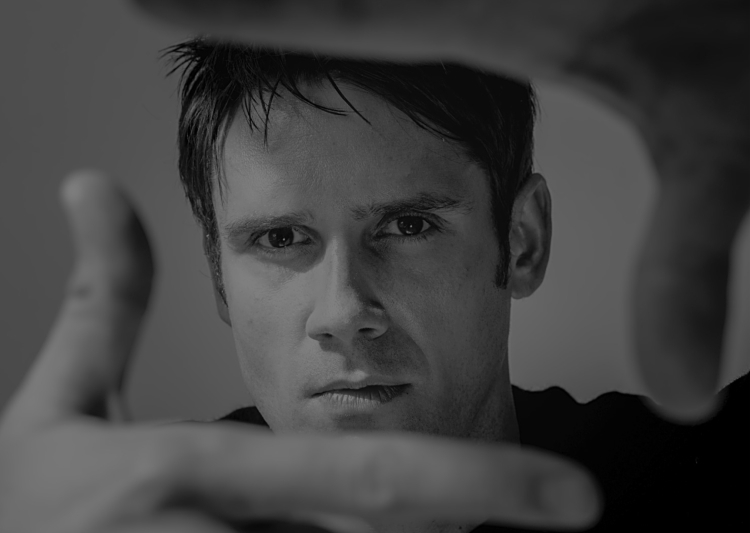
Exhibition
Dyslexia: Beautiful Minds, San Francisco
JULY 2024
The San Francisco edition of a global public art project featuring hundreds of portraits of individuals with dyslexia
Articles
Stay current with the latest posts from Gil and Dyslexic Design Thinking. In this ongoing series, Gil explores different aspects of the dyslexic experience, from highlighting its unique benefits to building neurodiverse teams to leaning into the dyslexic mind-set to achieve professional success.
Virtual Salon
A conversation on divergent thinking across industries, presented by Gershoni Creative and “The Bigger Picture Book of Amazing Dyslexics and the Jobs They Do” by Kate Power and Kathy Forsyth.
Learn More and RSVP
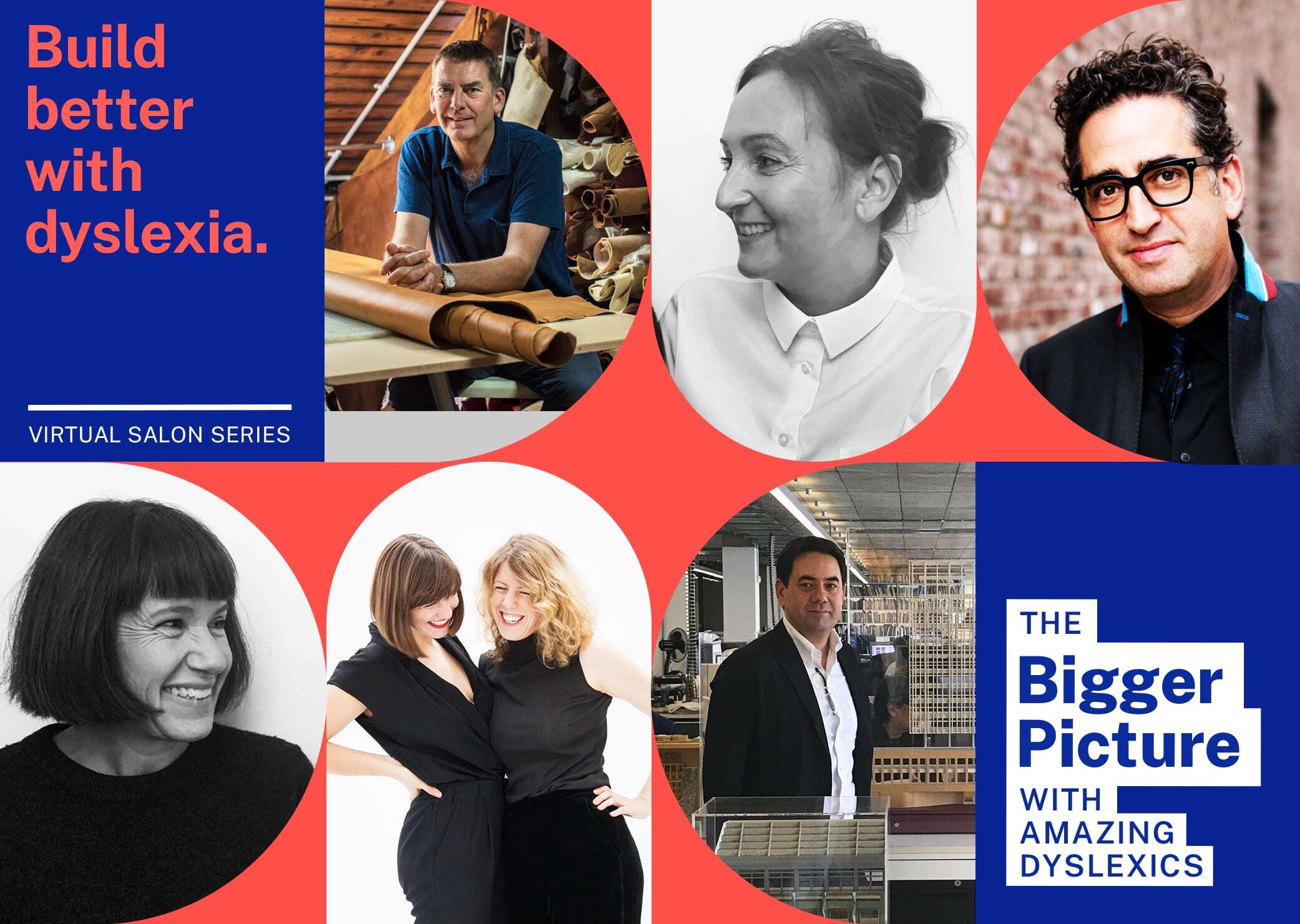
The Bigger Picture With Amazing Dyslexics
Episode 5: Embodying Dyslexia in Art, Architecture and Design
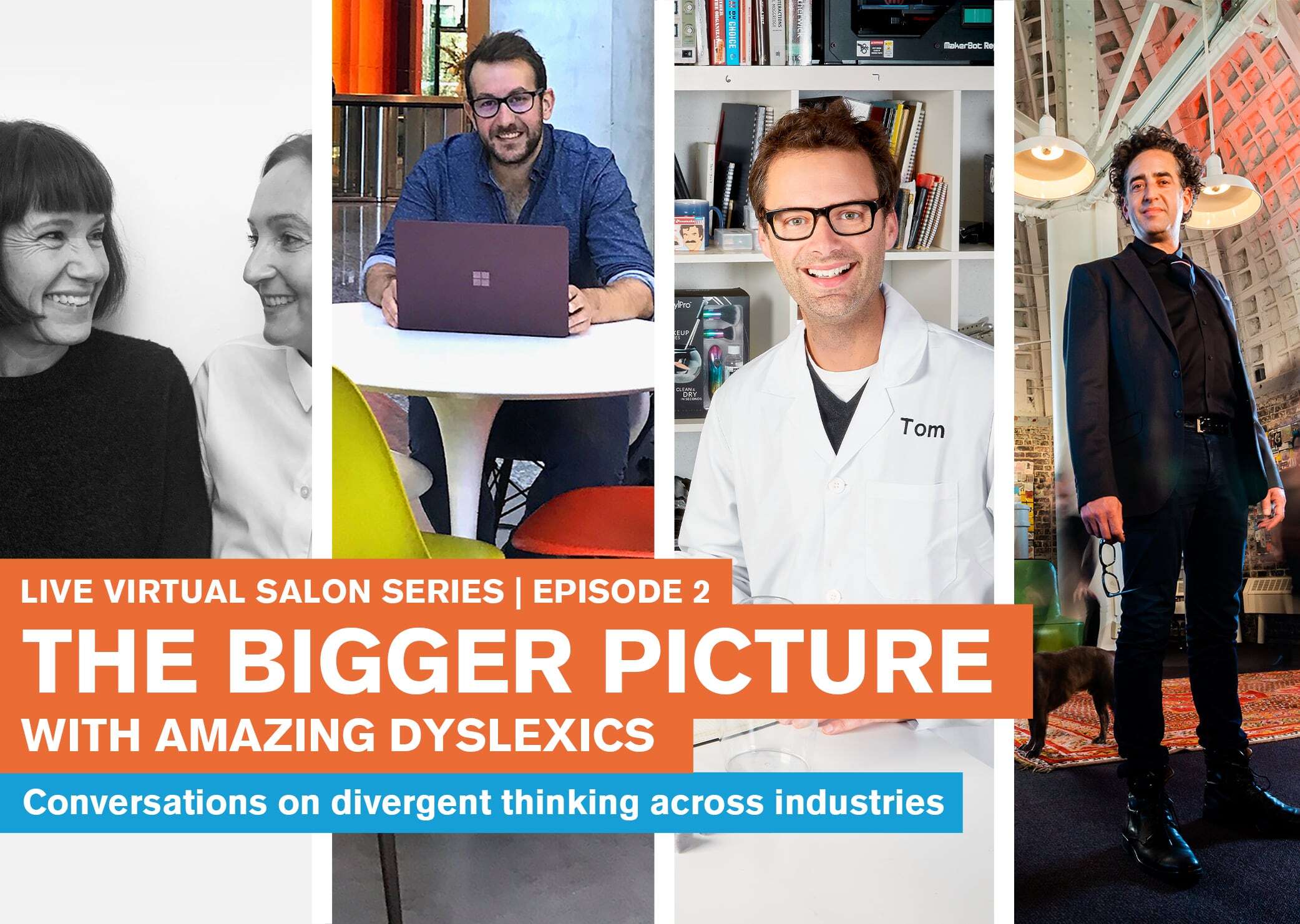
The Bigger Picture With Amazing Dyslexics
Episode 2: The Power of Visualization as a Tool for Creativity
Talks & Events
Gil frequently speaks to audiences around the country on how dyslexia has influenced his 25-year career as a creative director. Festivals, schools and business groups have all benefited from his interactive approach, which weaves firsthand experience, storytelling, science and audience Q&A into a compelling session.
For media inquiries and booking information, contact dyslexia@gershoni.com.
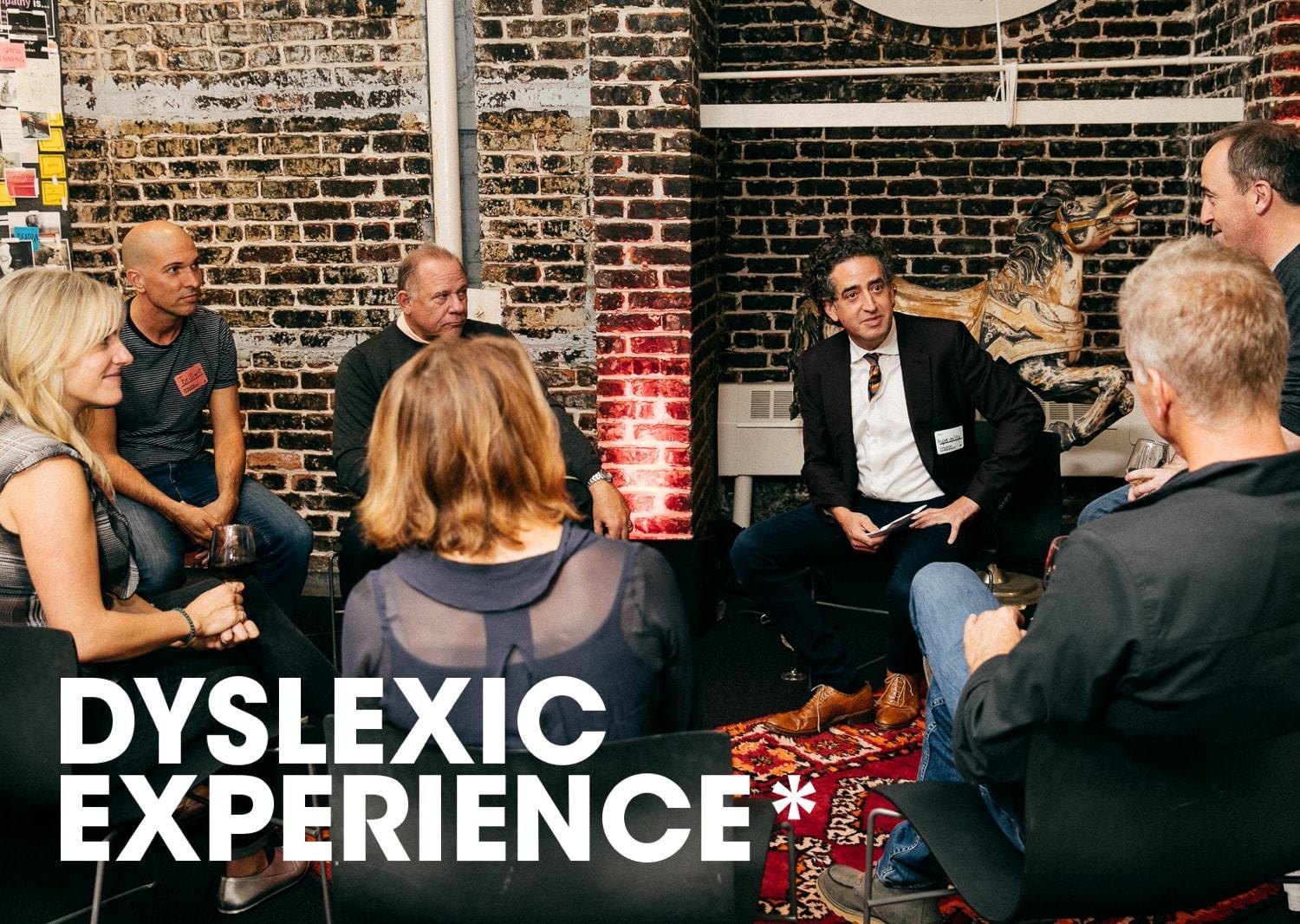
The Dyslexic Experience Salon
A salon series dedicated to the unique advantages of the dyslexic mindset
Press
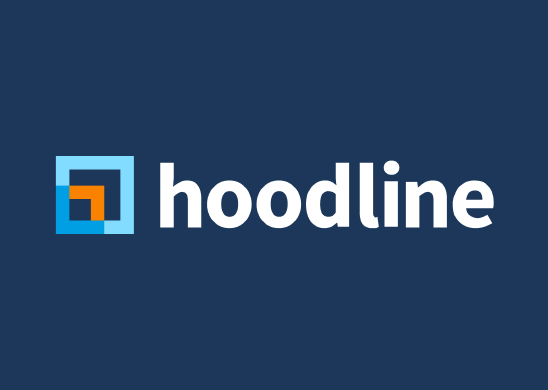
Hoodline
Exhibit on dyslexia at Arion Press in the Presidio highlights the learning condition’s ‘superpower’
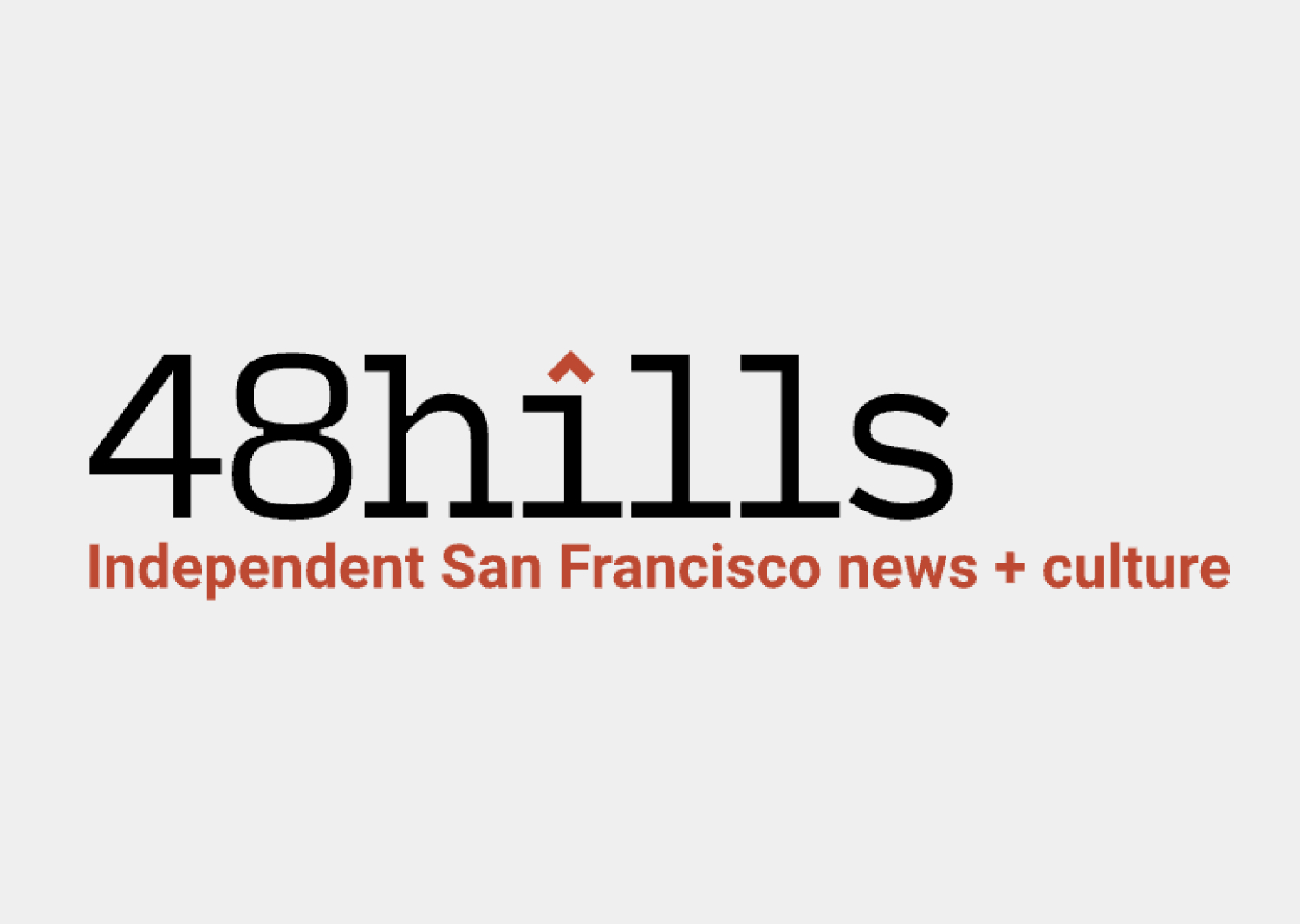
48 Hills
With childrens’ postcards and high-profile testimony, ‘Dyslexic Dictionary’ redefines its terms
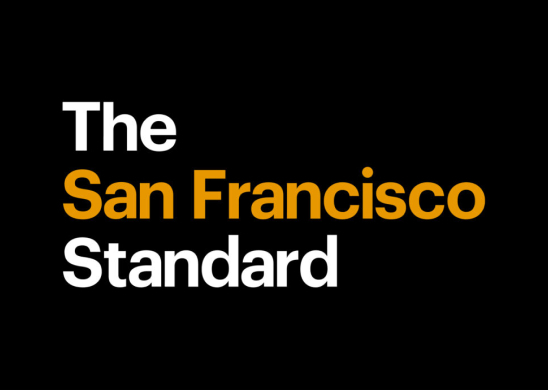
The San Francisco Standard
At ‘Dyslexic Dictionary’ Exhibit, Gavin Newsom Joins Artists in Celebration of ‘Hyper-Ability’
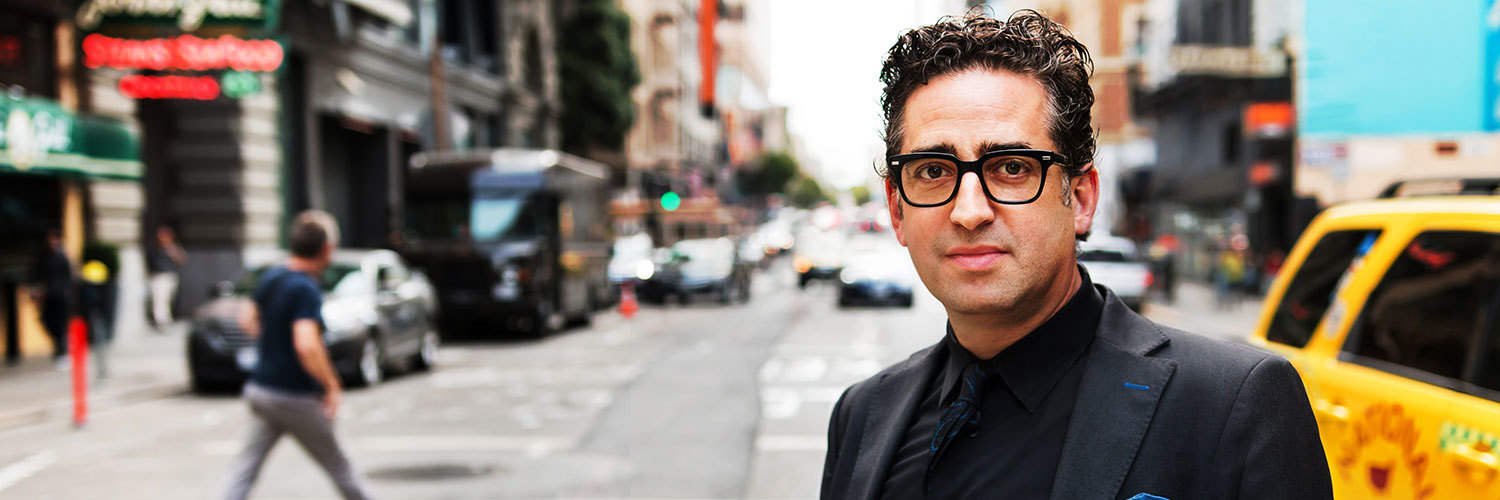
About Gil Gershoni
Gil Gershoni is the founder and creative director of Gershoni Creative Agency in San Francisco and Dallas. For more than two decades, Gil has worked with clients like Google, Apple, Deloitte, Patrón, San Francisco Art Institute, BBC and Nike, and he has presented at the Whitney Biennial, Sundance Film Festival, South by Southwest, Vancouver Institute of Media Arts, Contemporary Jewish Museum and San Francisco Design Week. He also serves as a senior advisor to UC Berkeley’s Center for New Media and frequently consults with national design schools on design and new media curriculum. Gil is an advocate for the reframing of dyslexia as a hyper-ability and regularly speaks on neurodiversity’s influence on design thinking.
Learn more about speaking engagements.
Instagram: @dyslexicdesignthinking
Medium: @gilgershoni
For media inquiries and booking information, contact dyslexia@gershoni.com.
